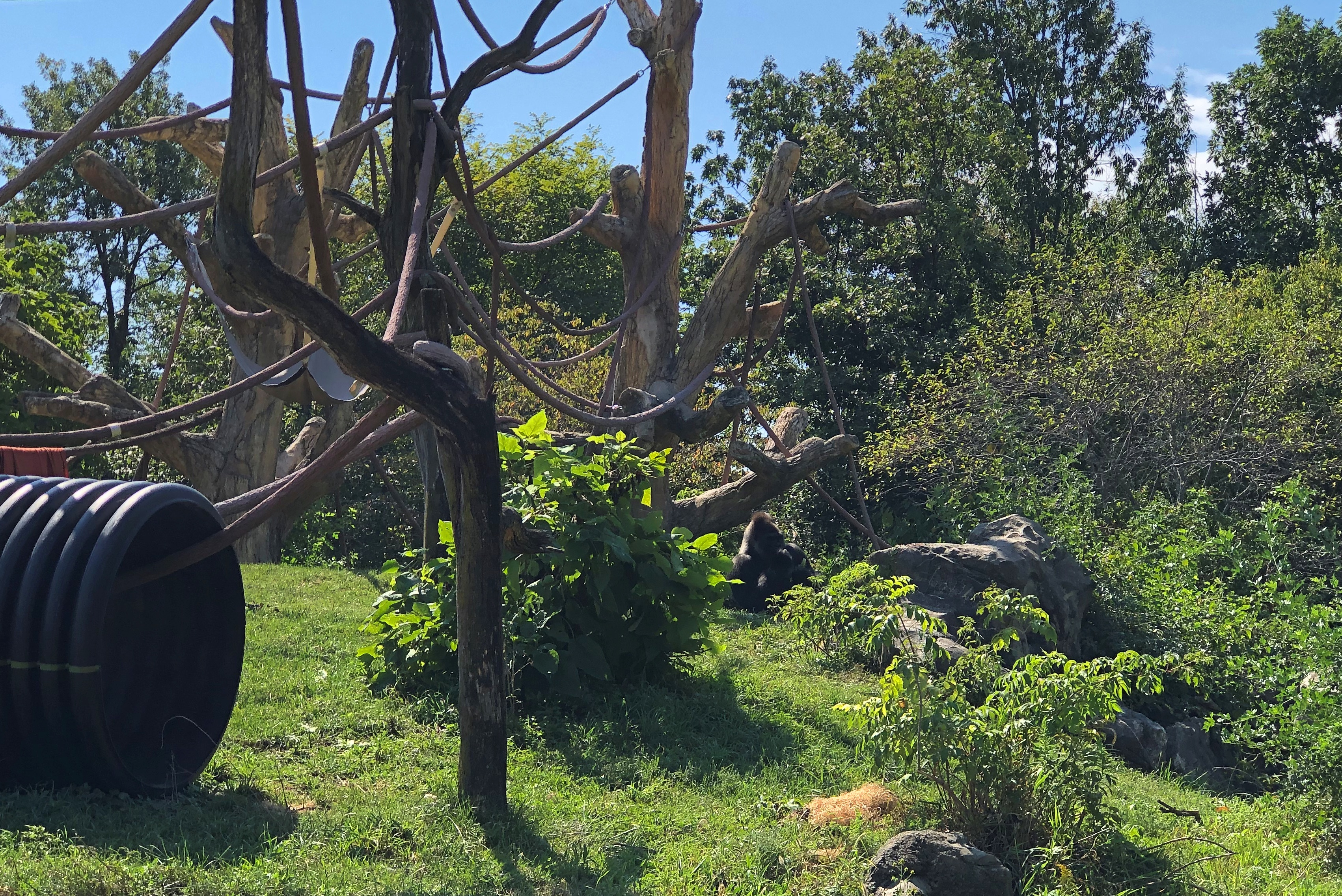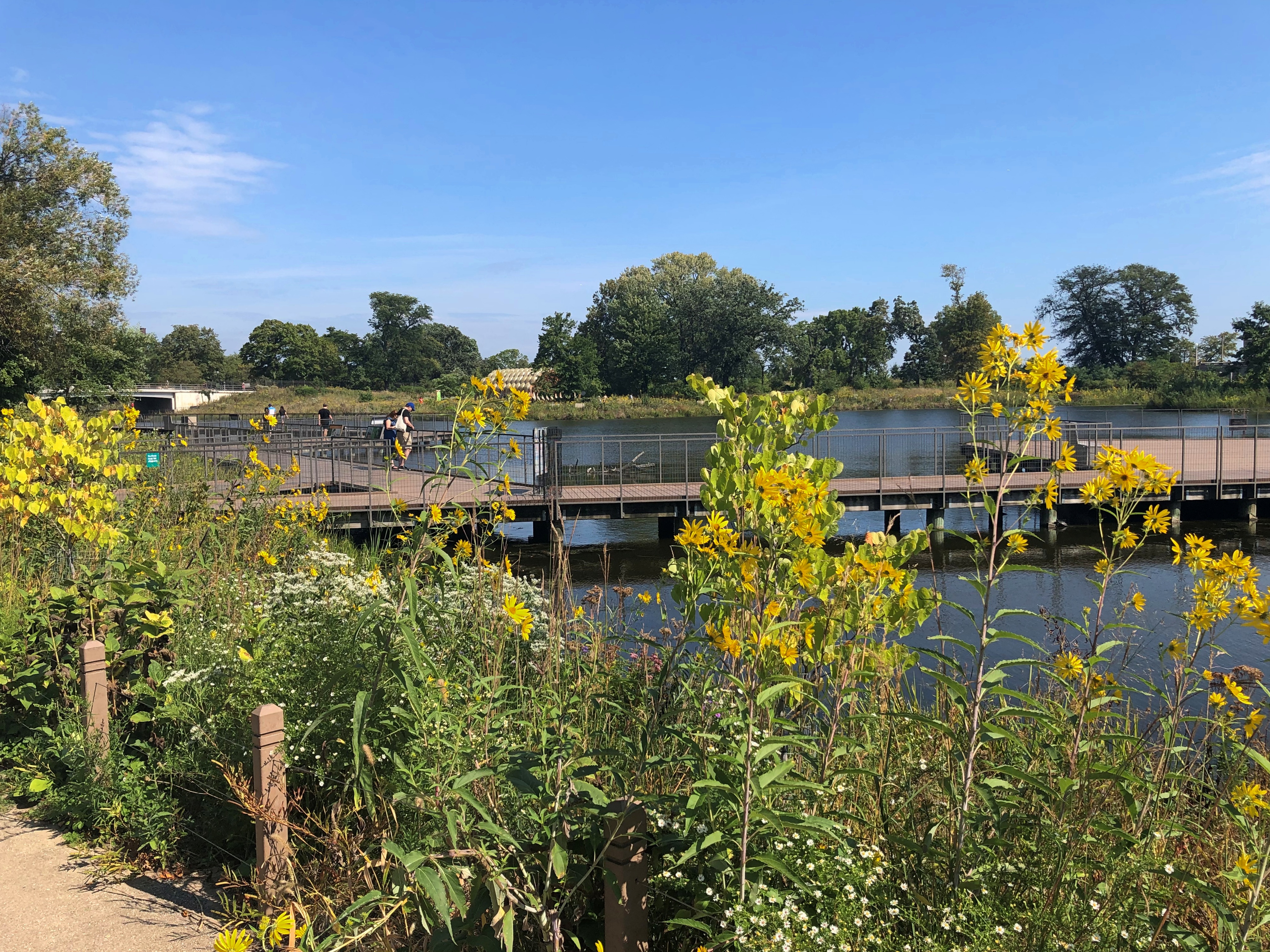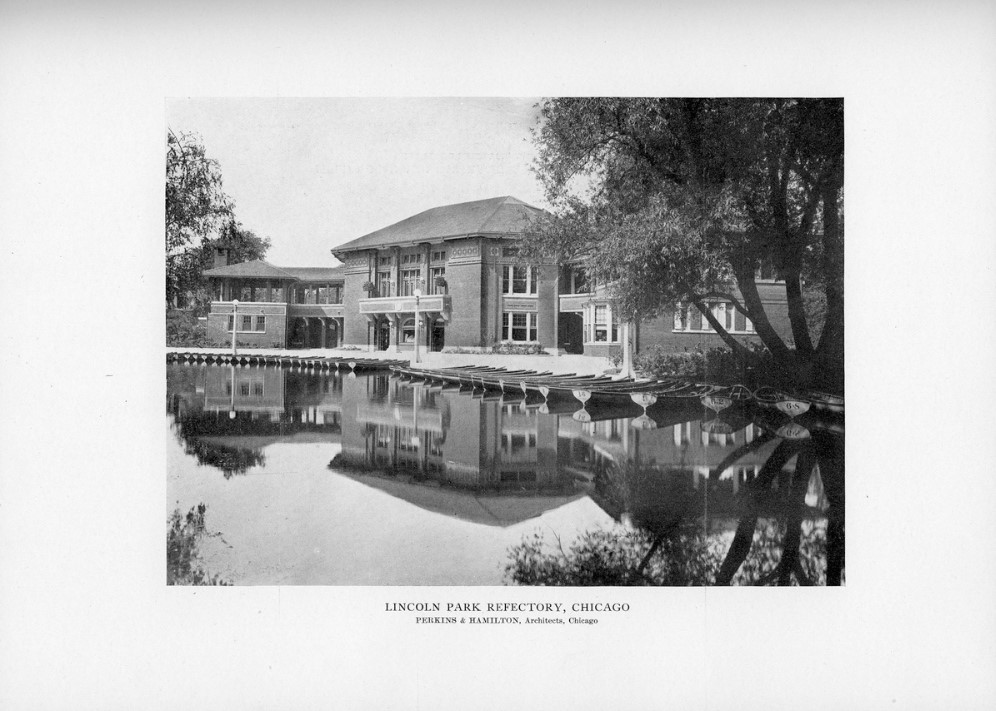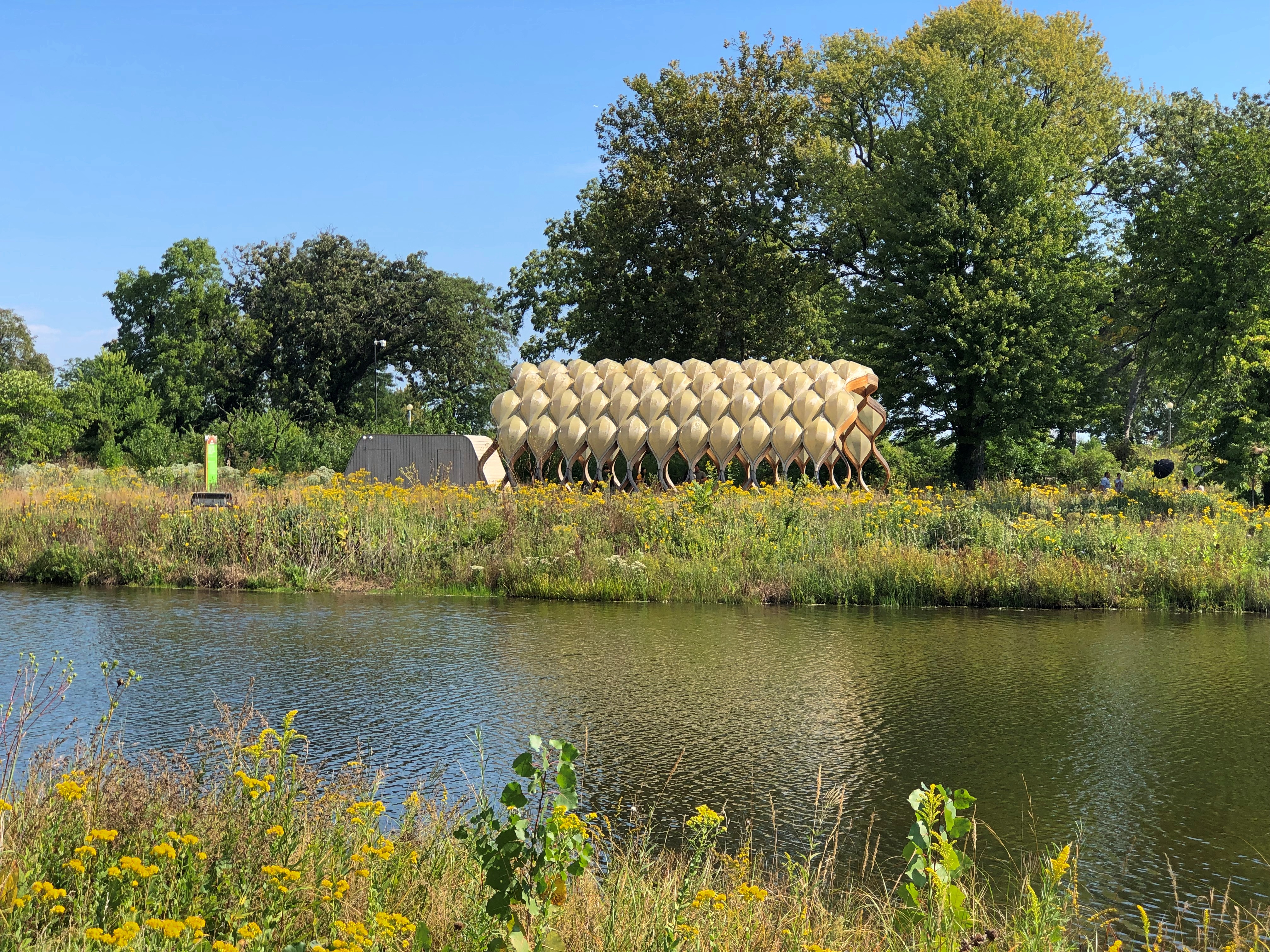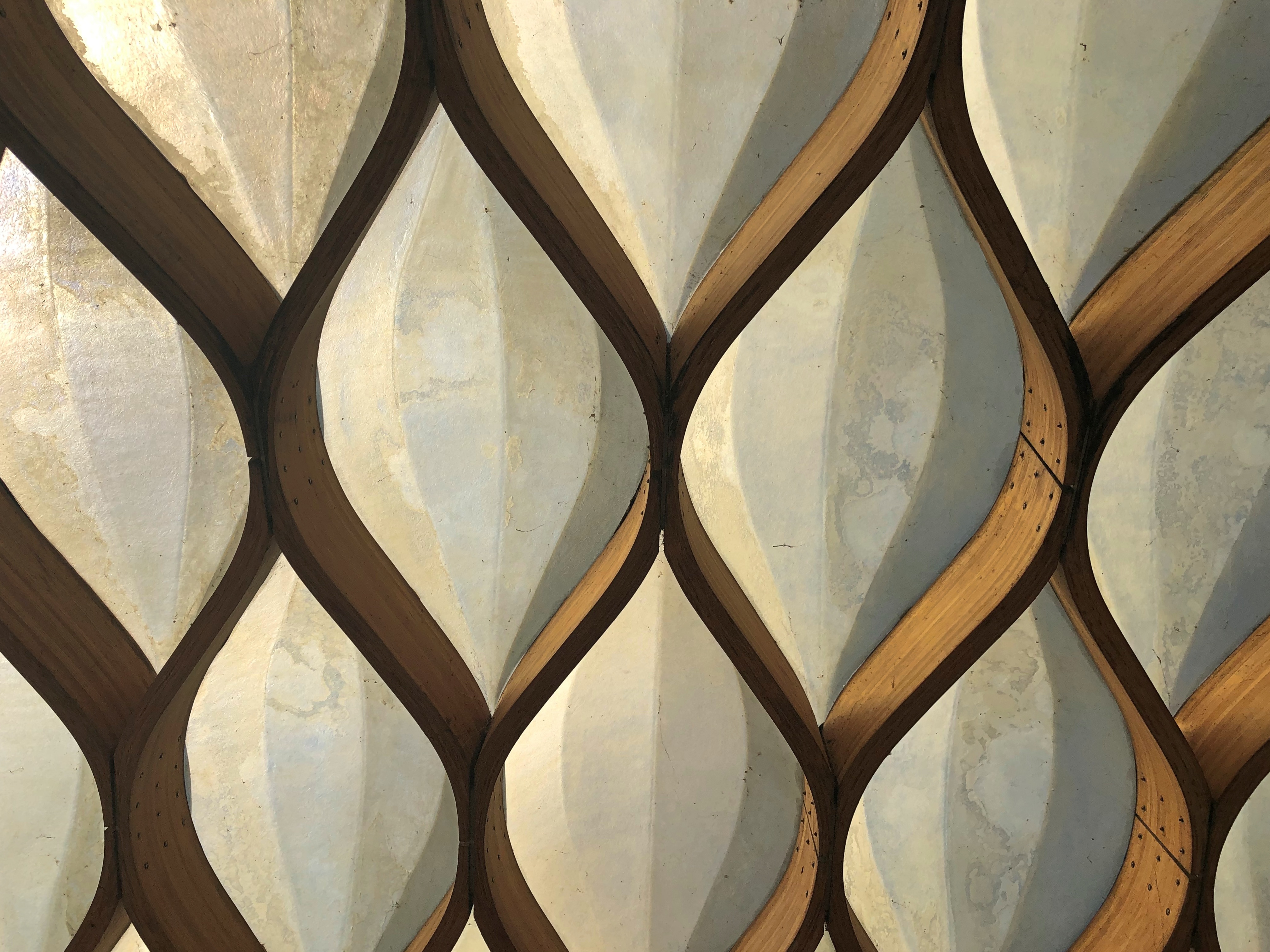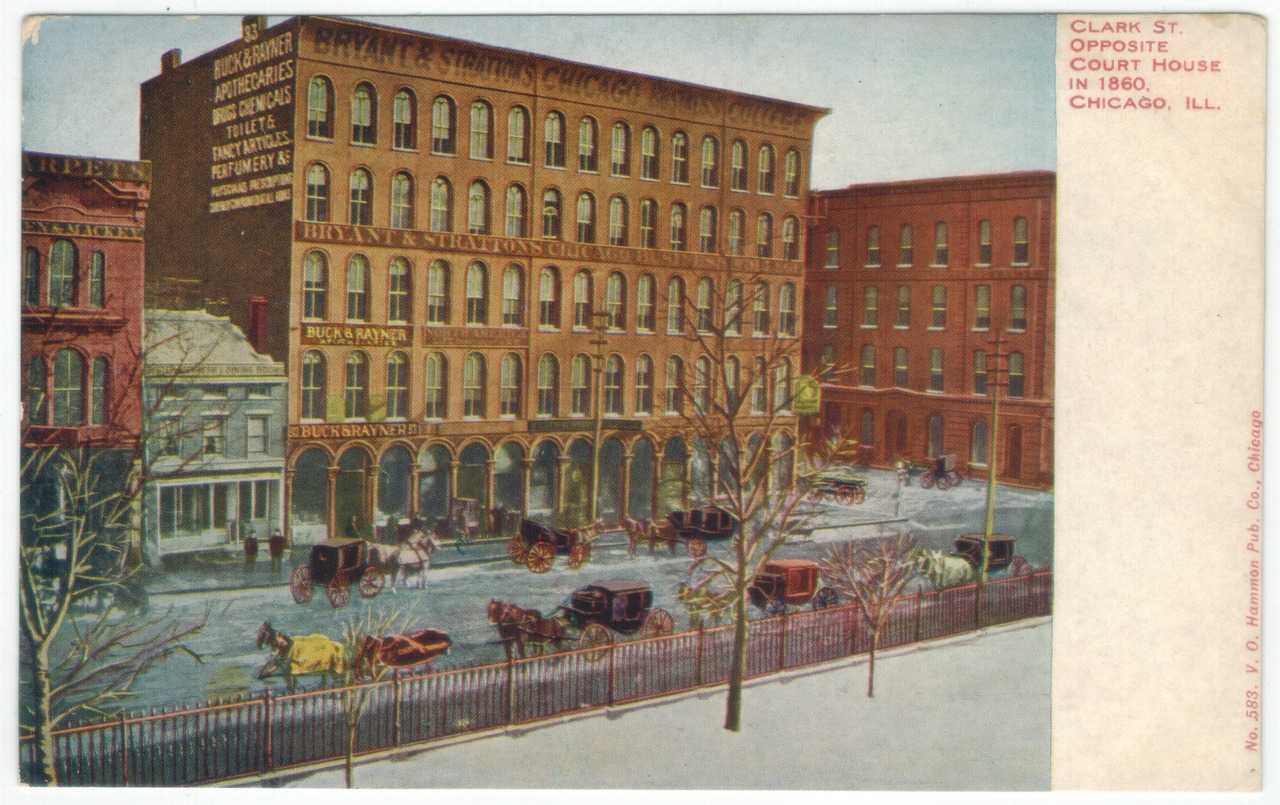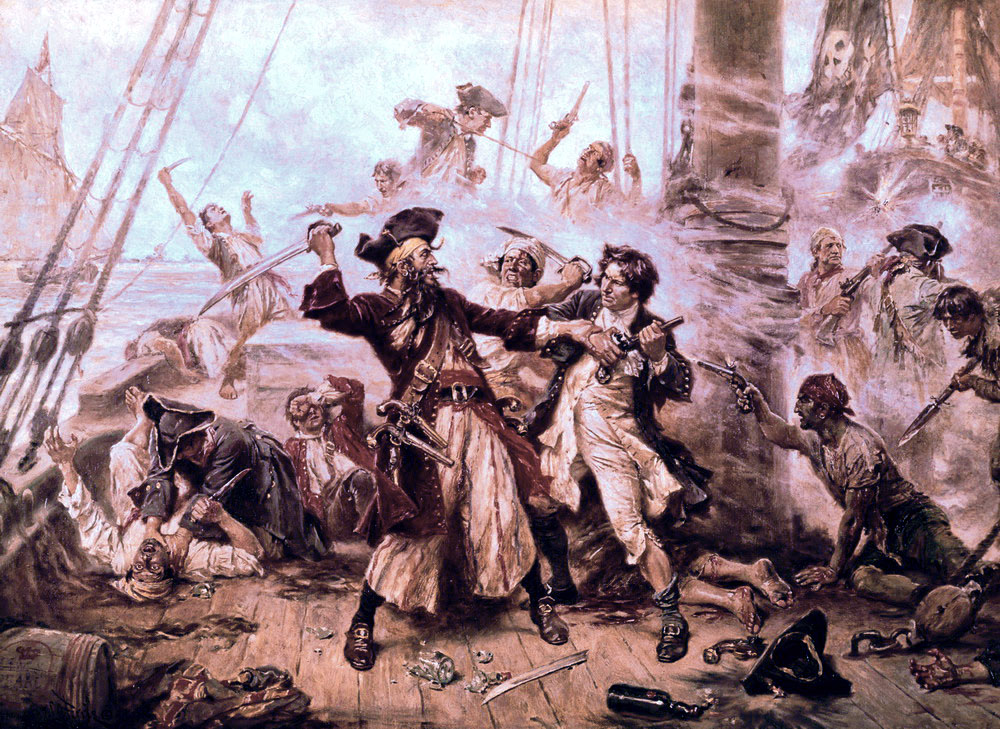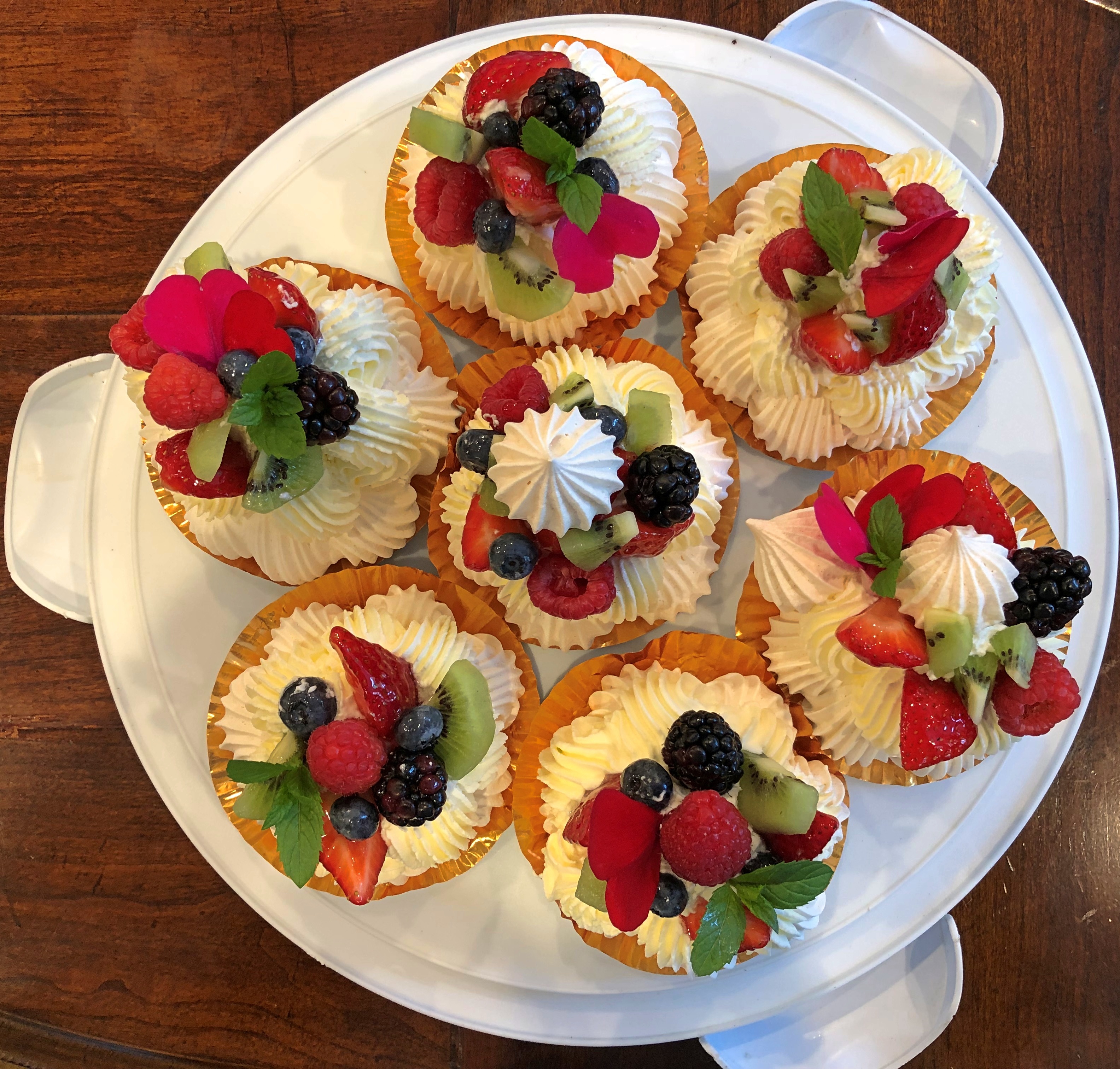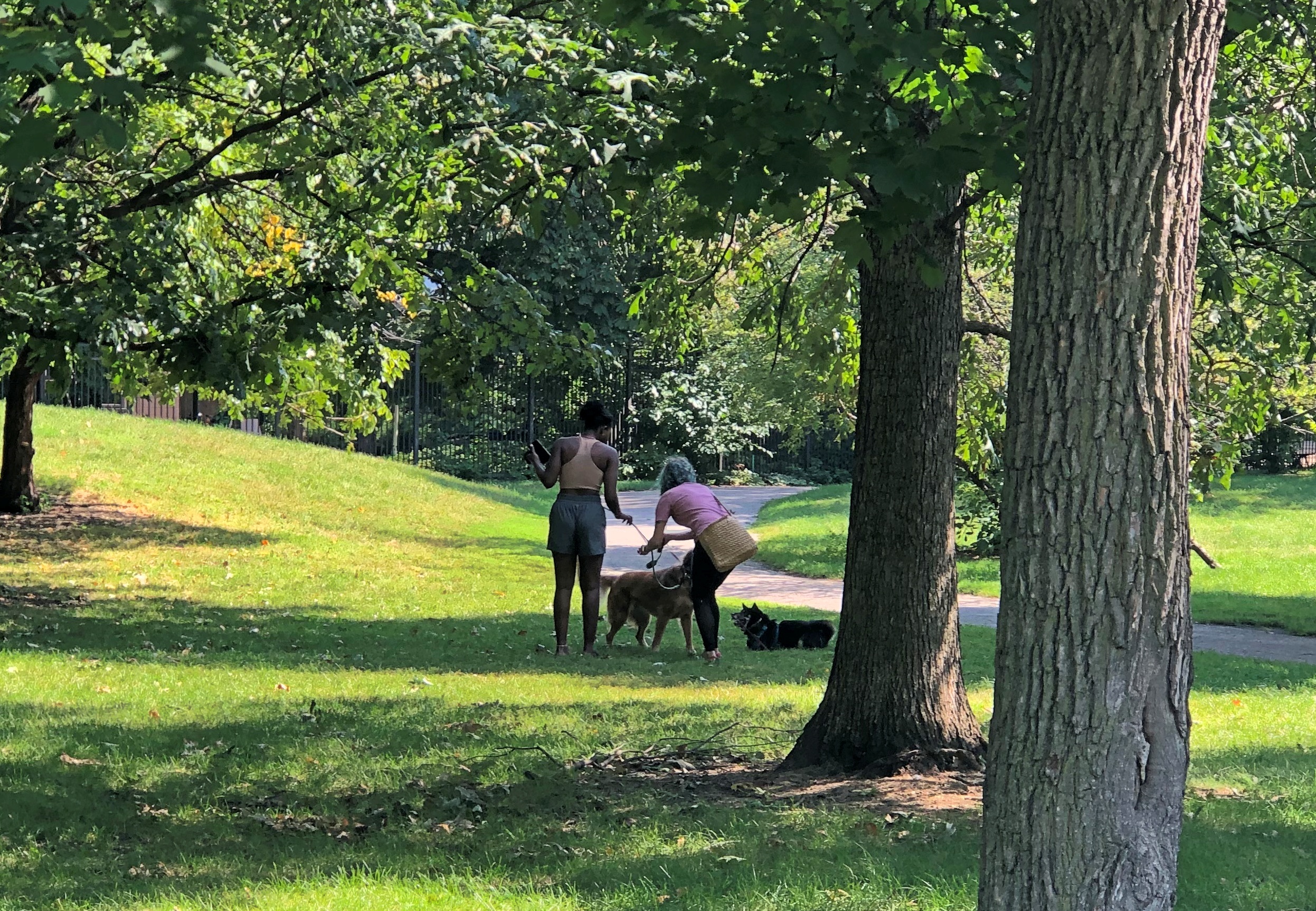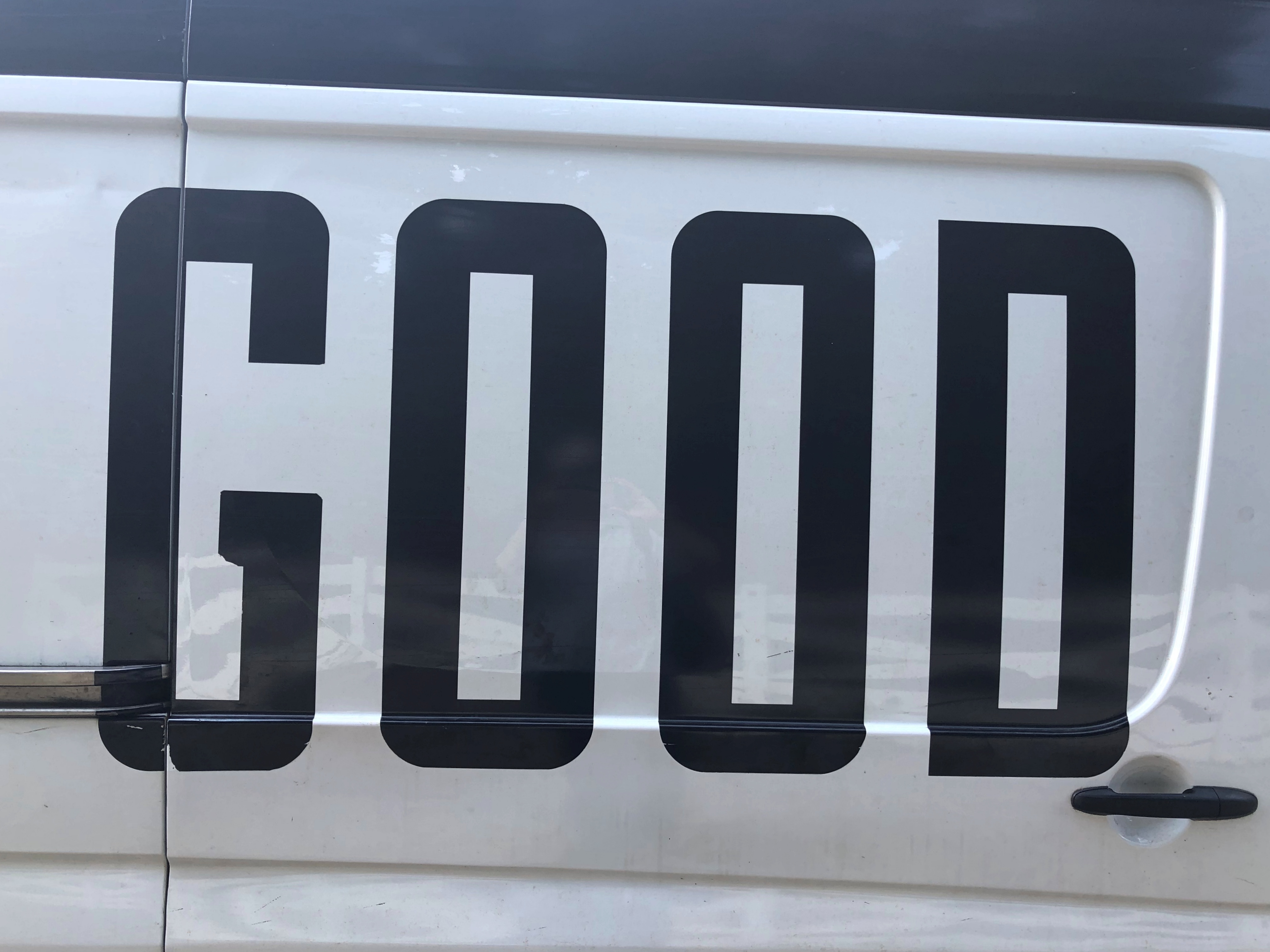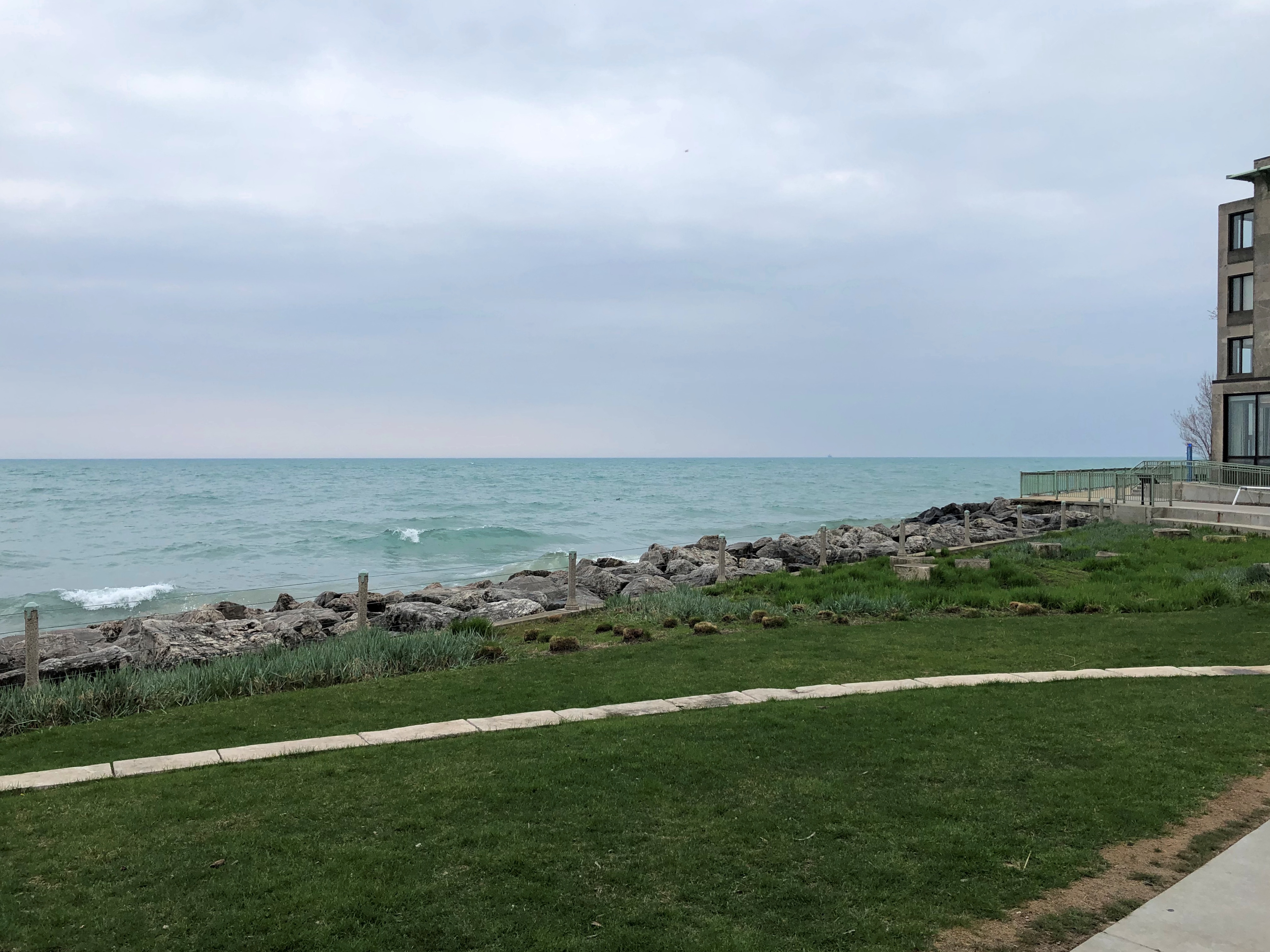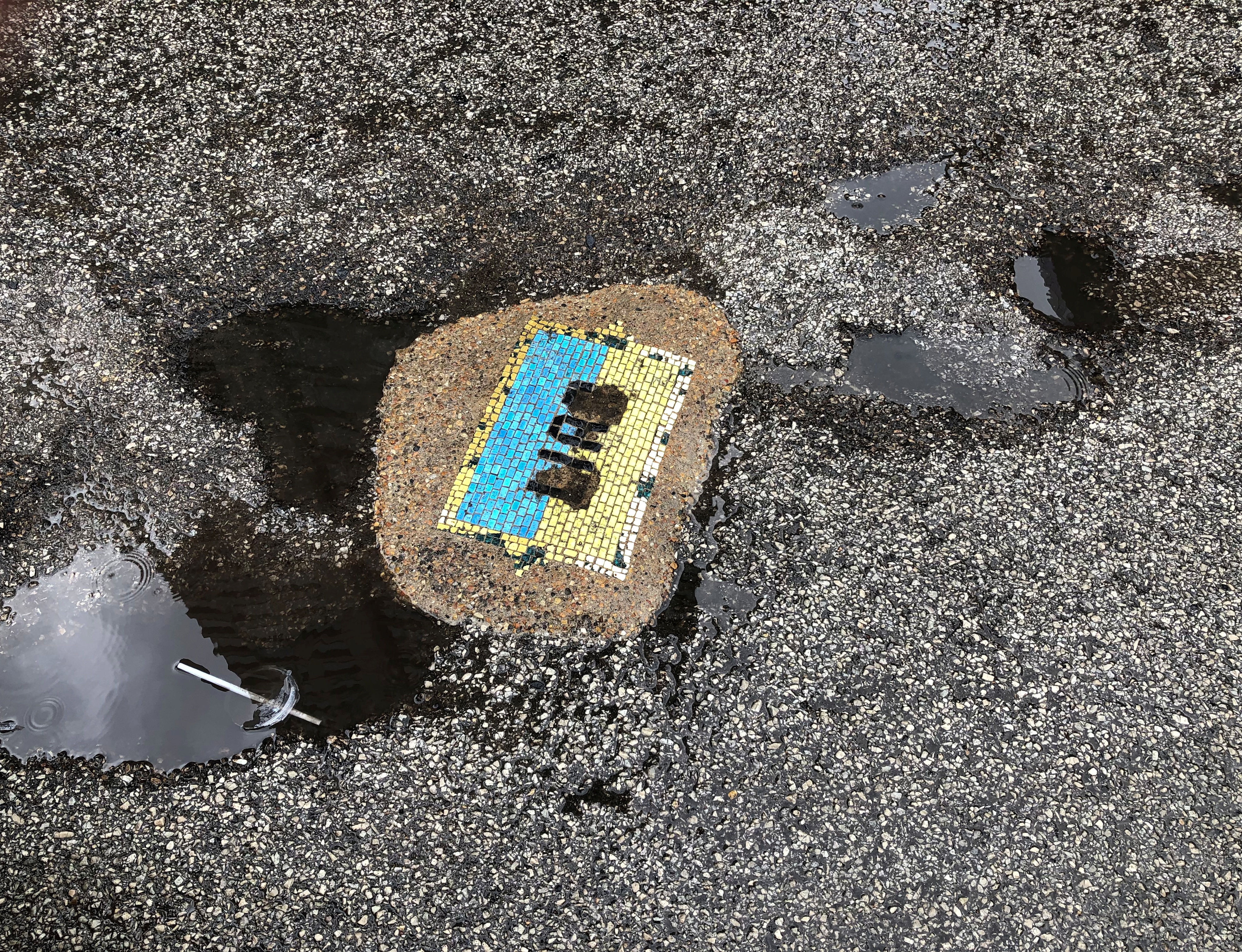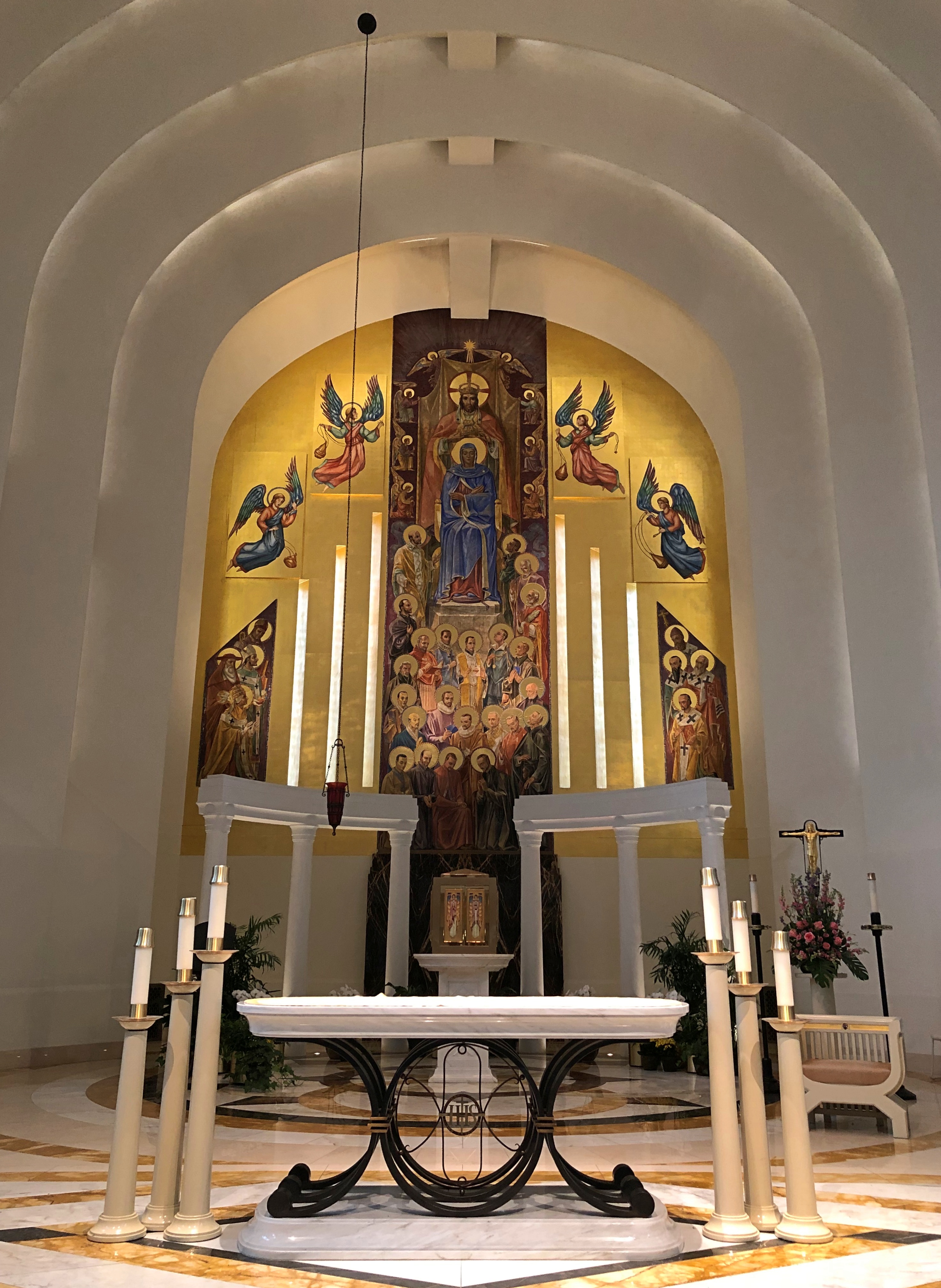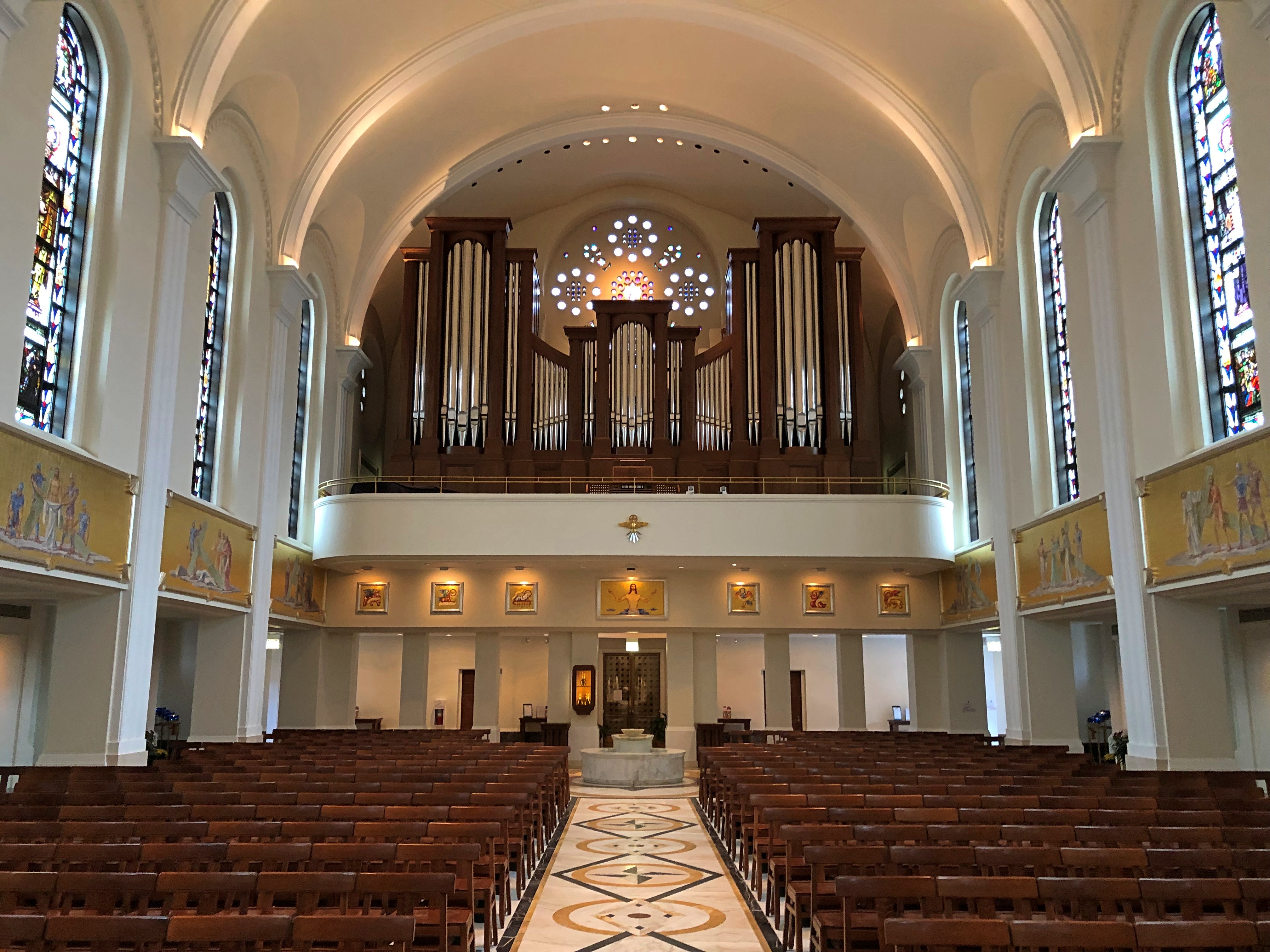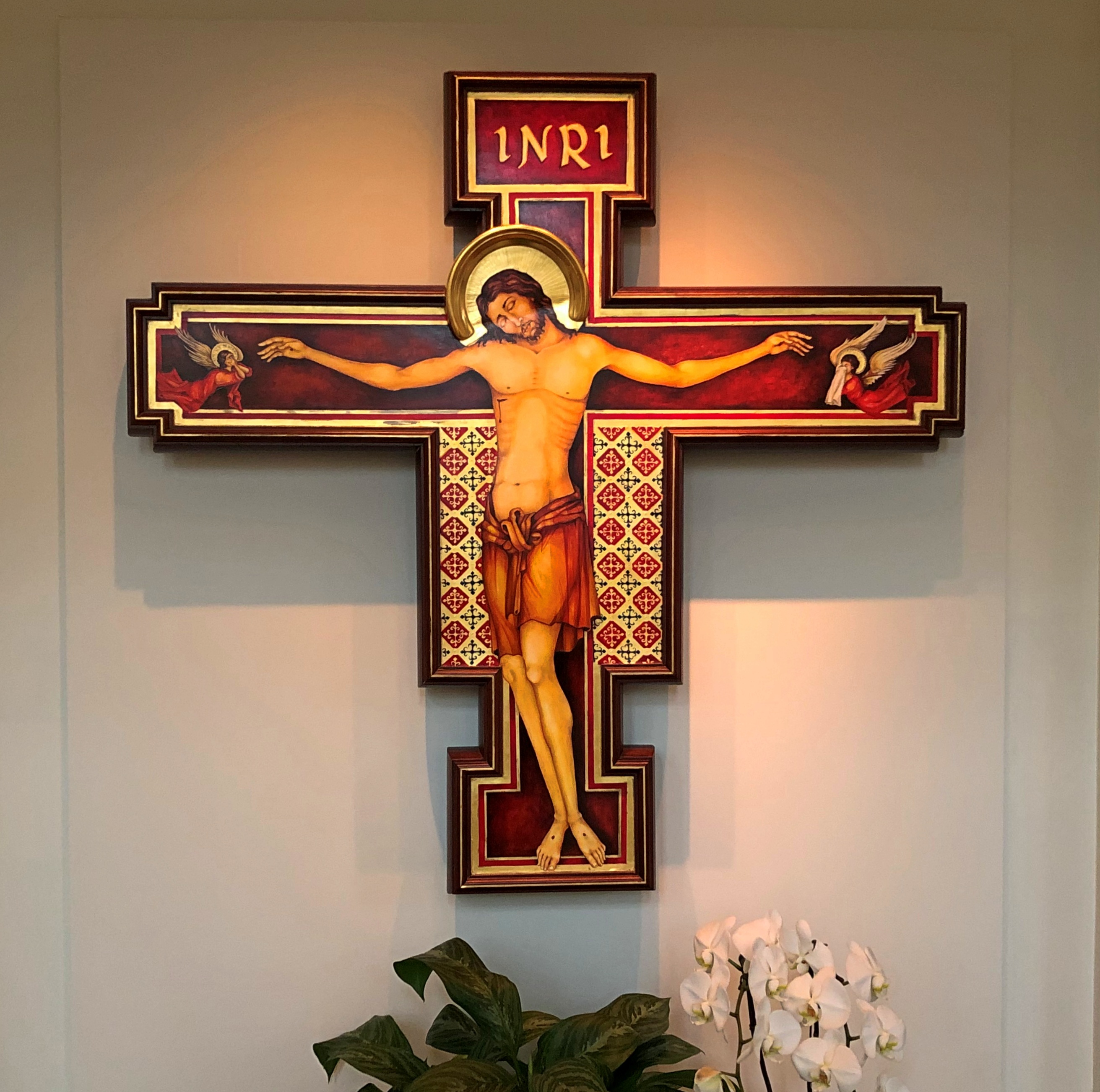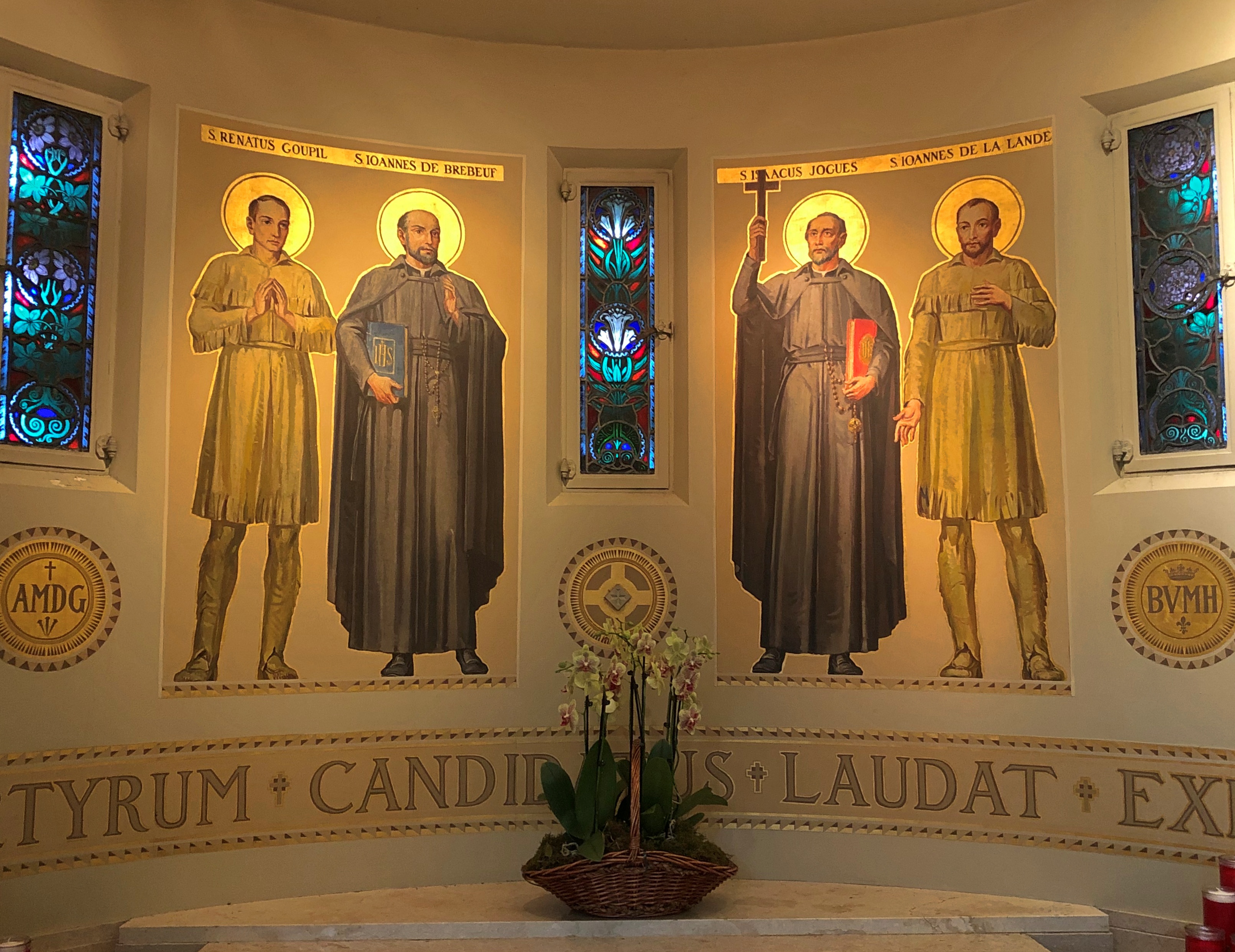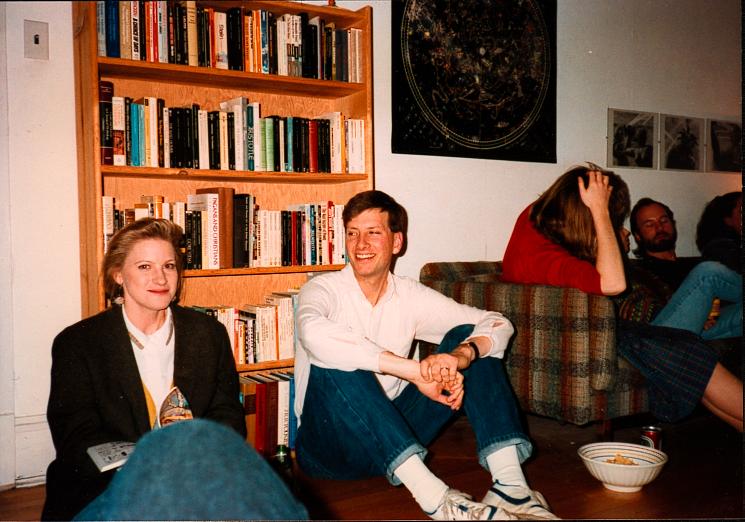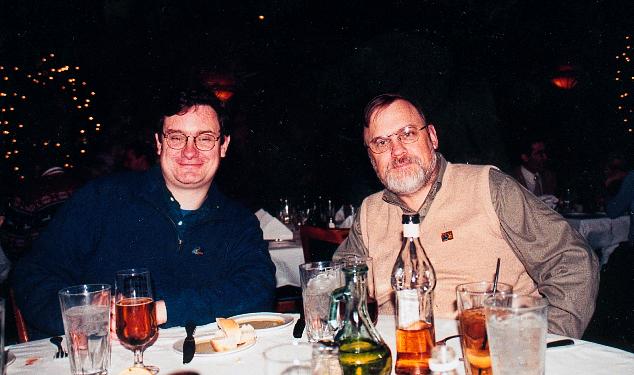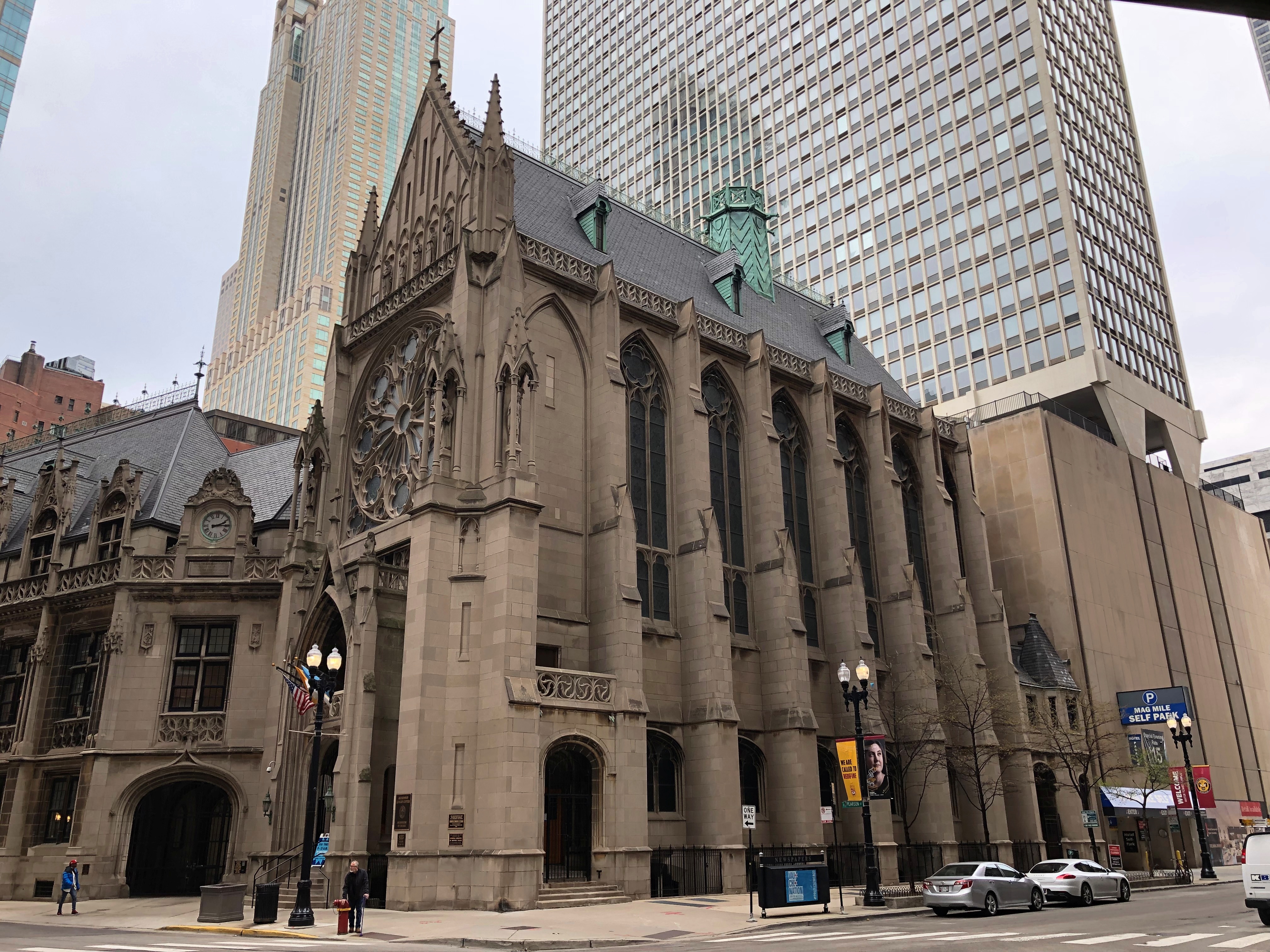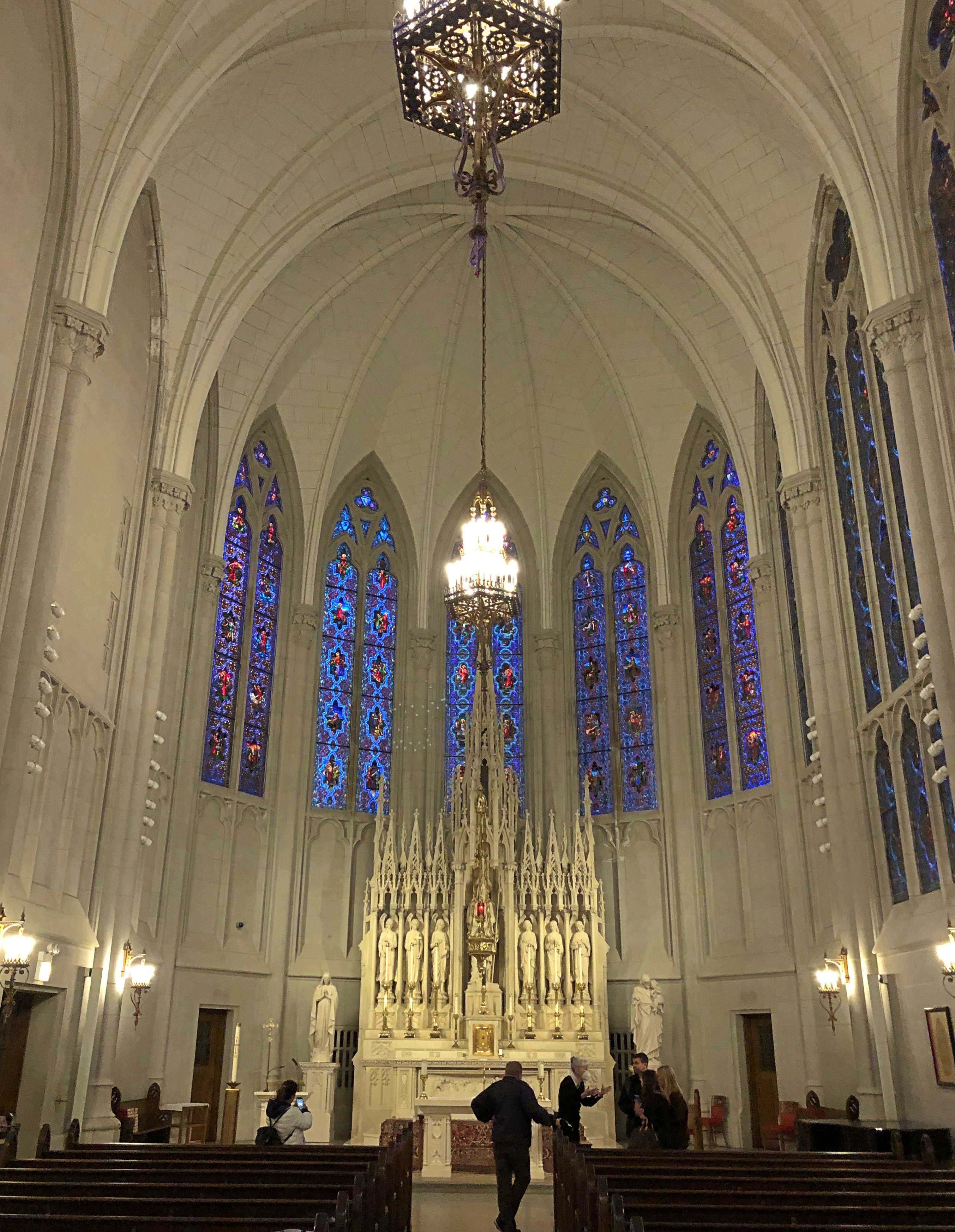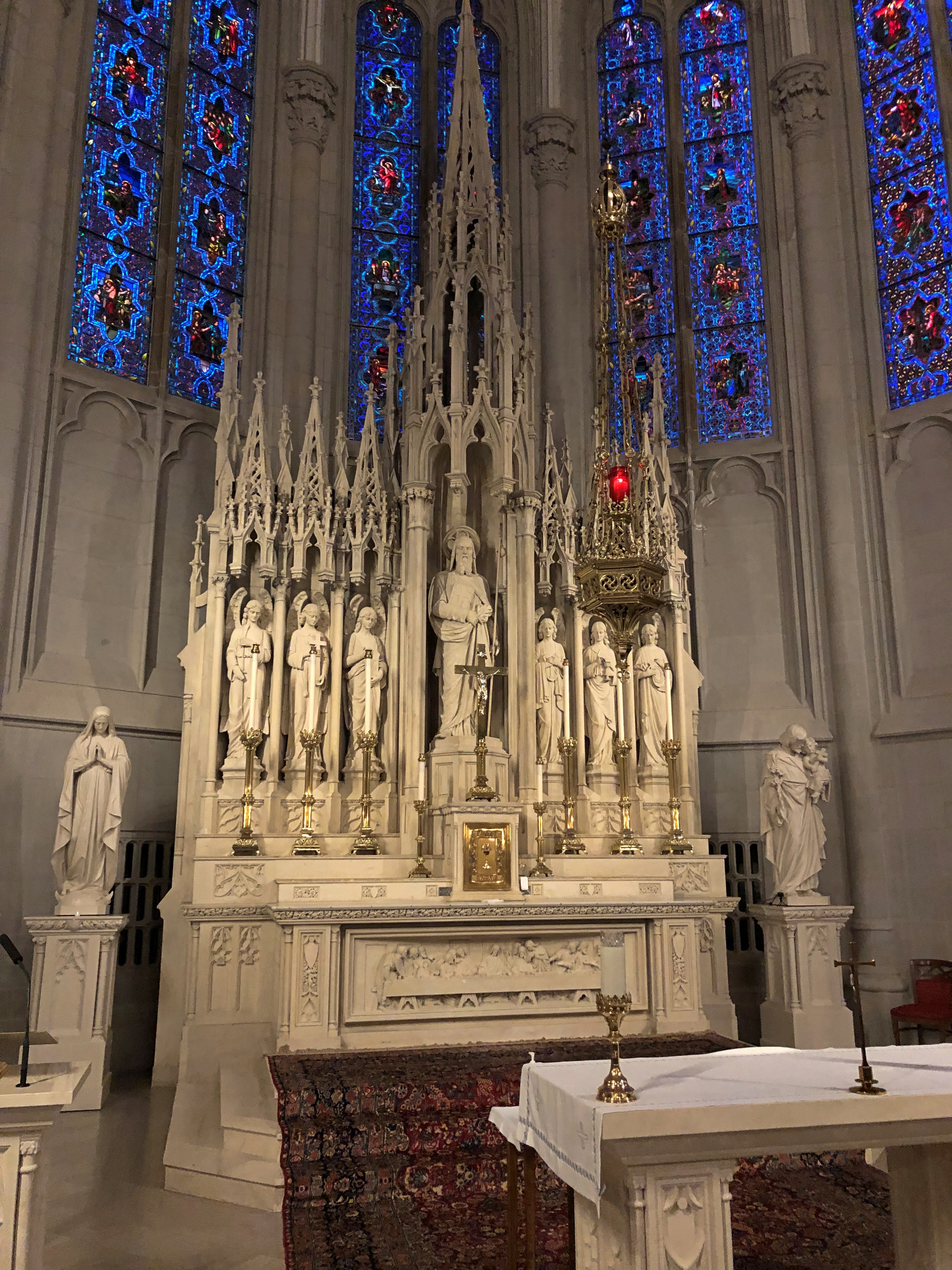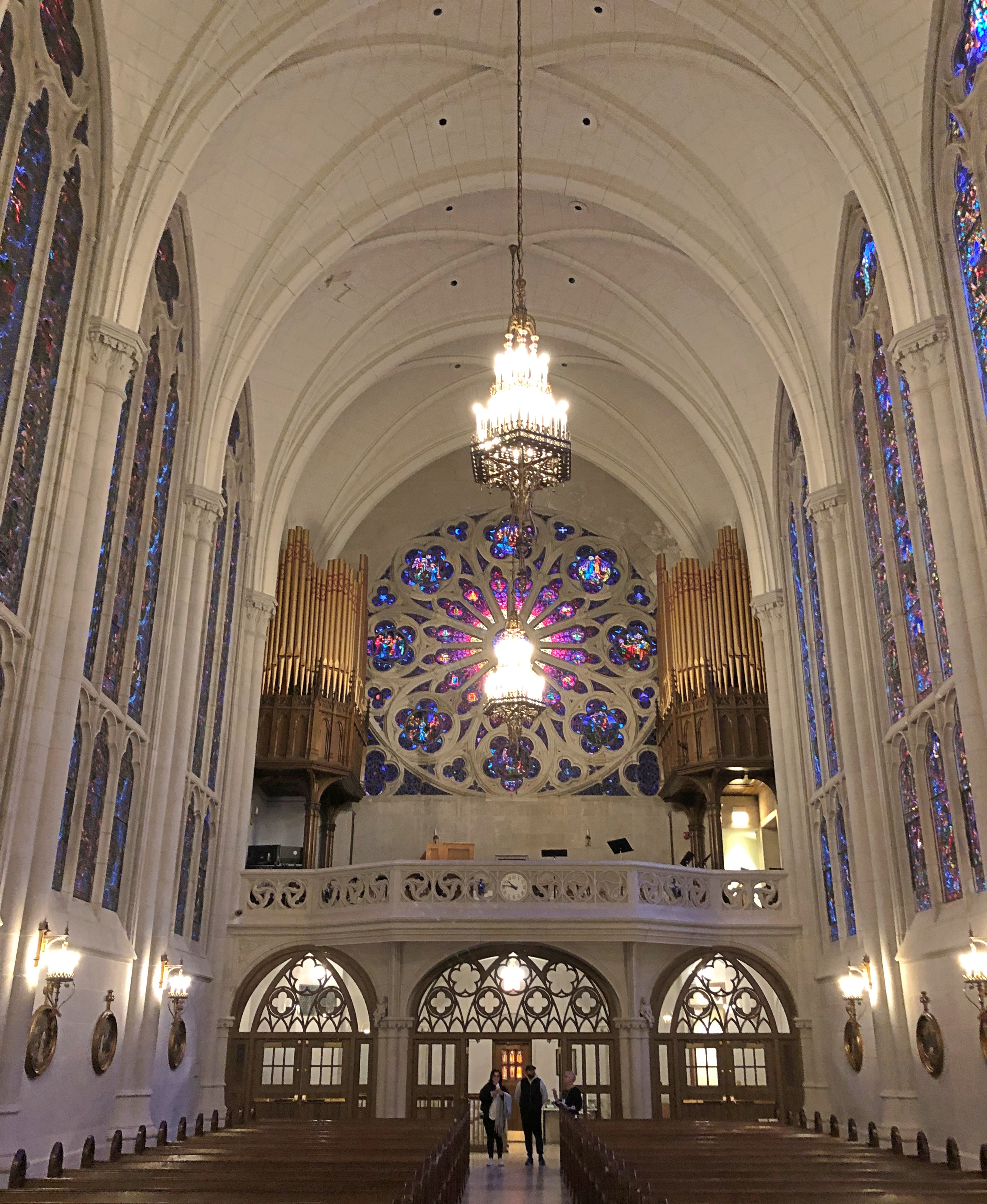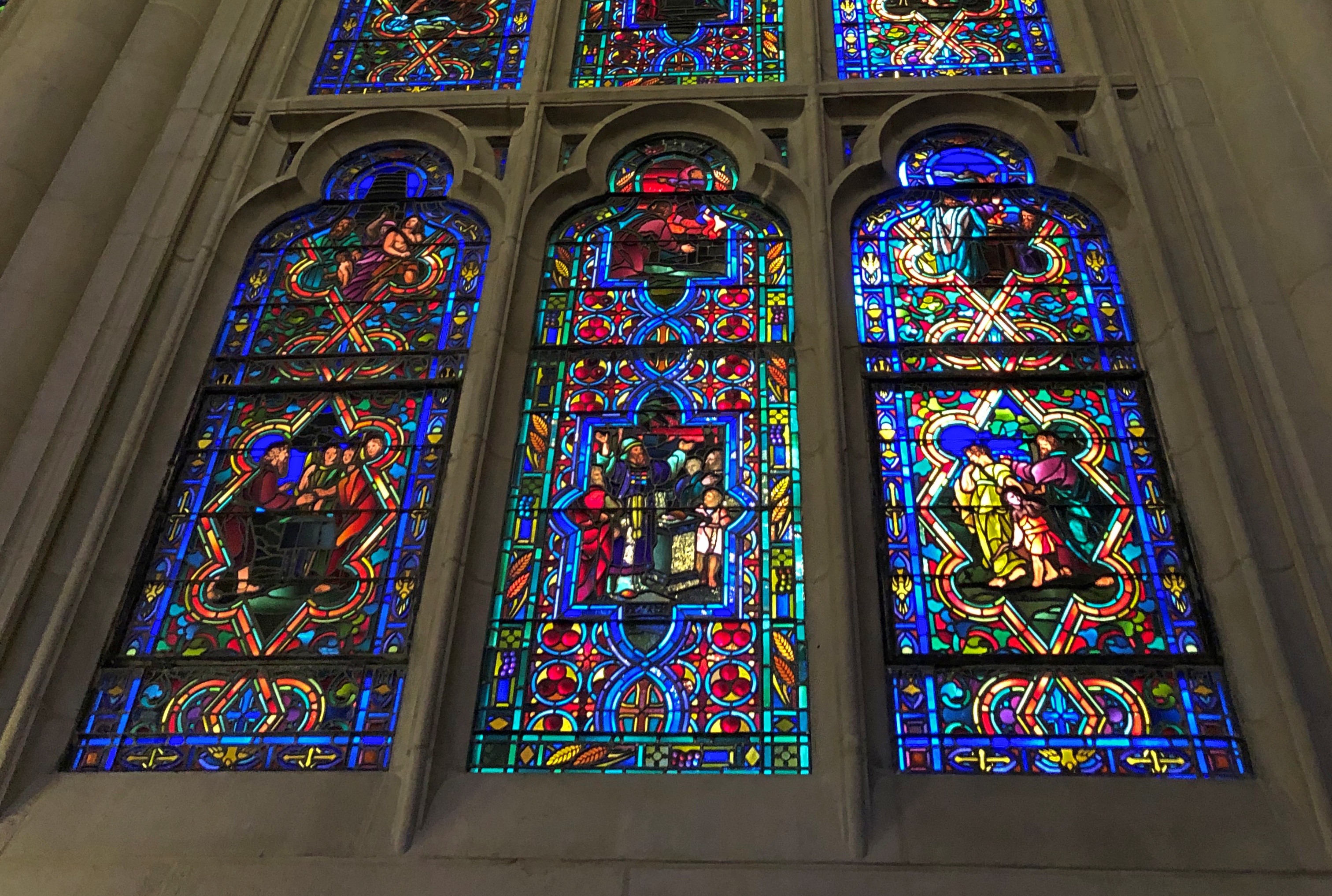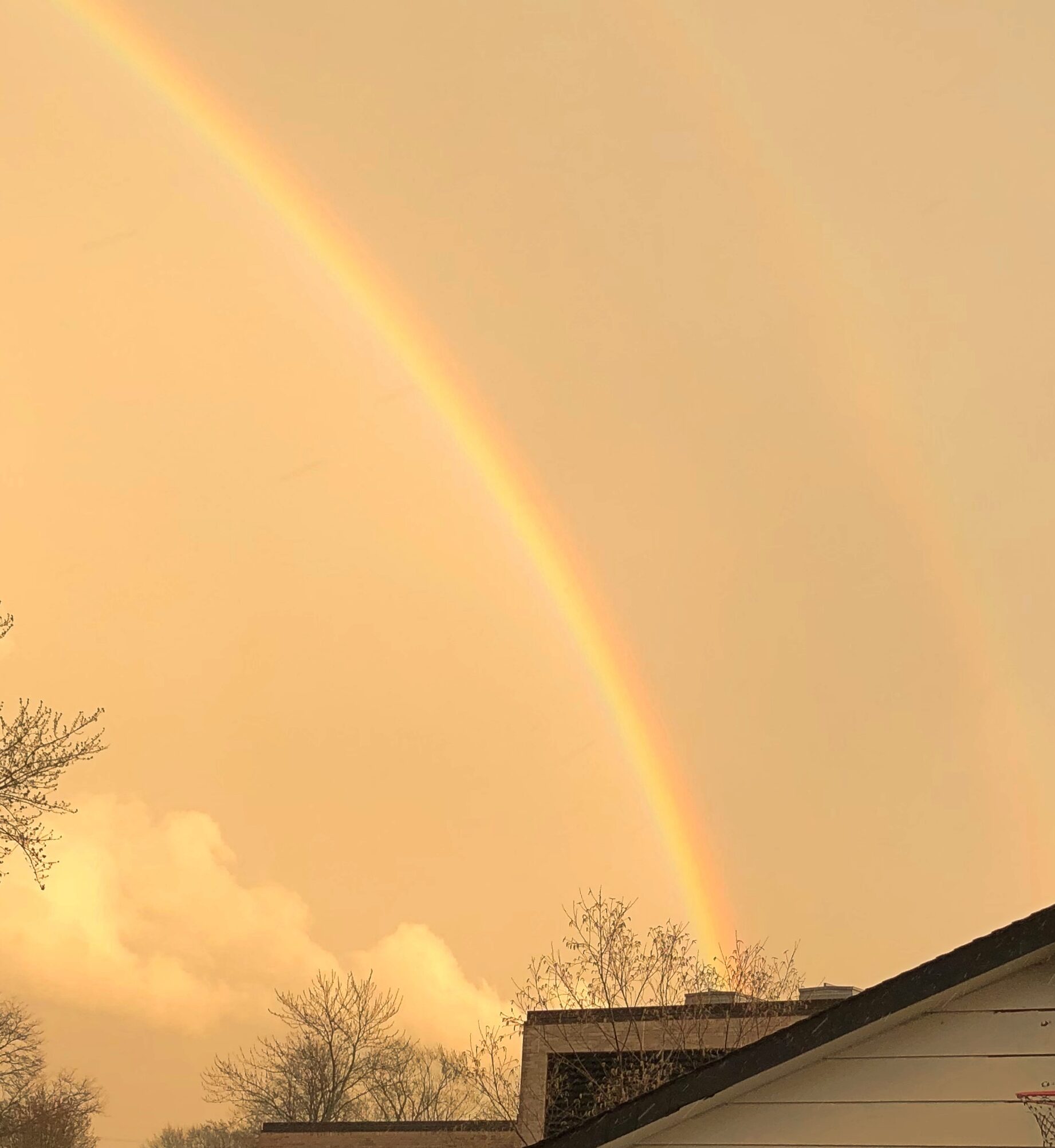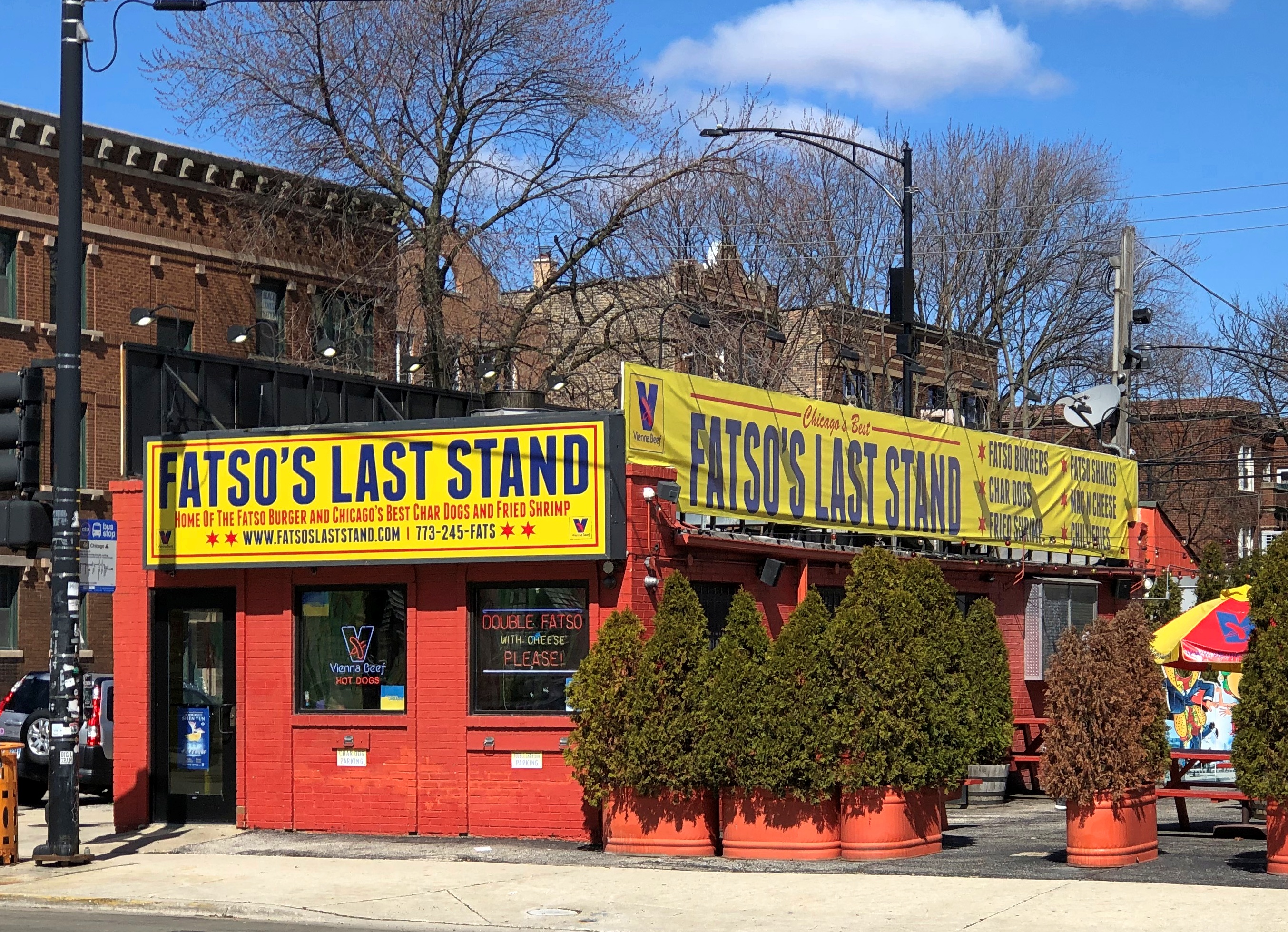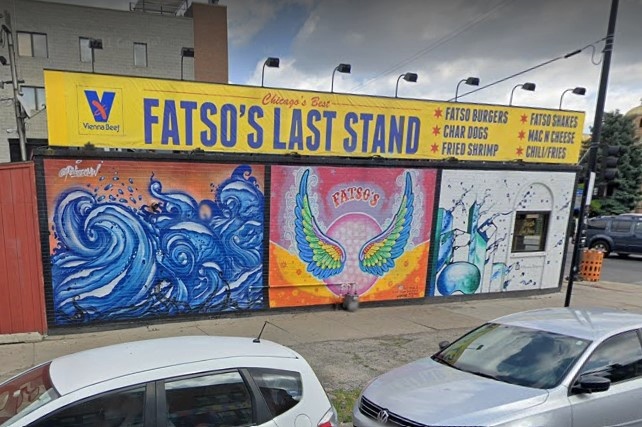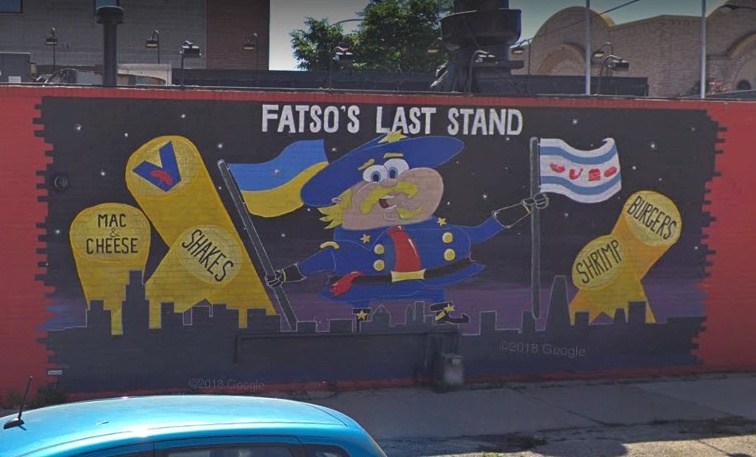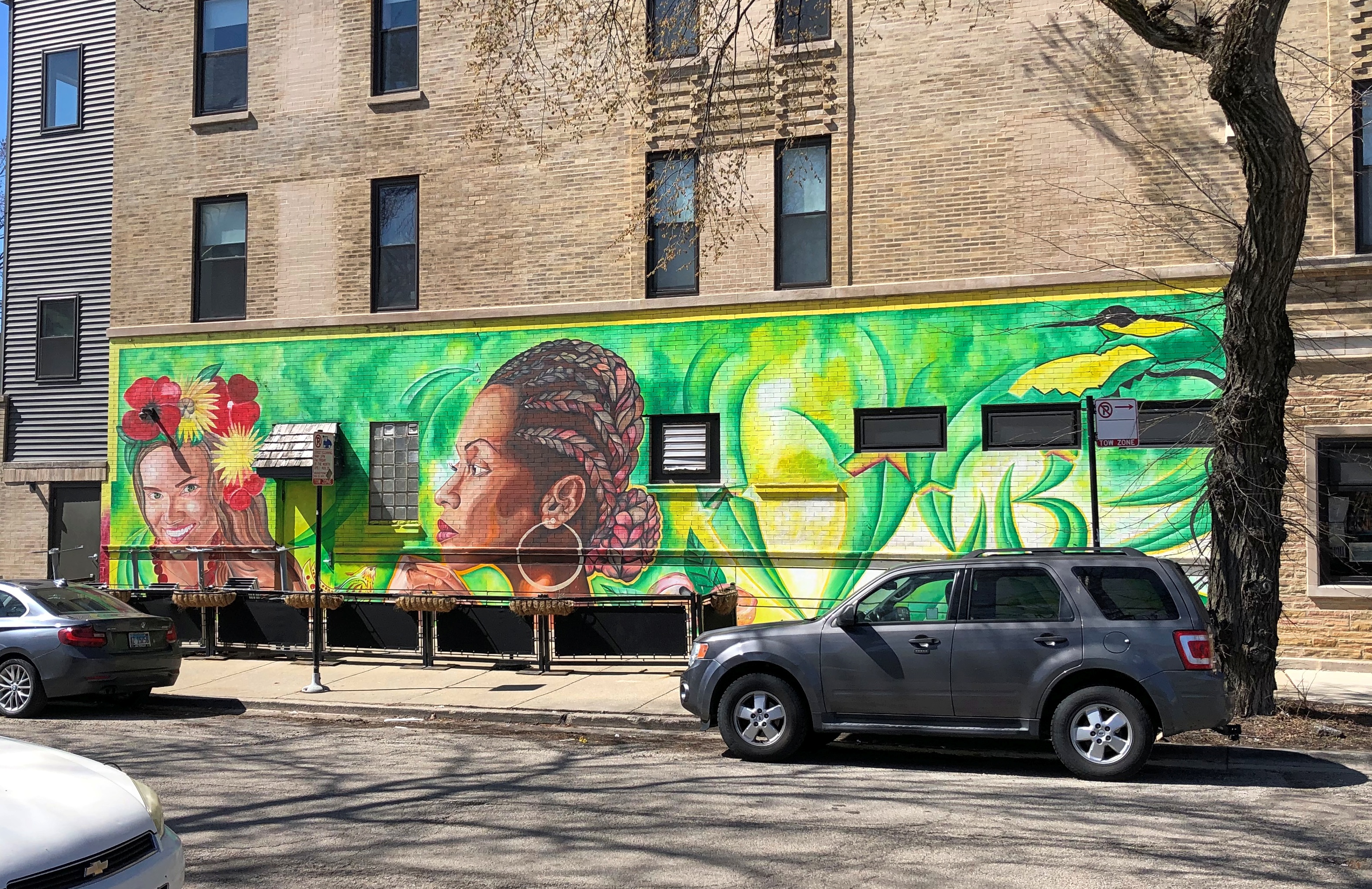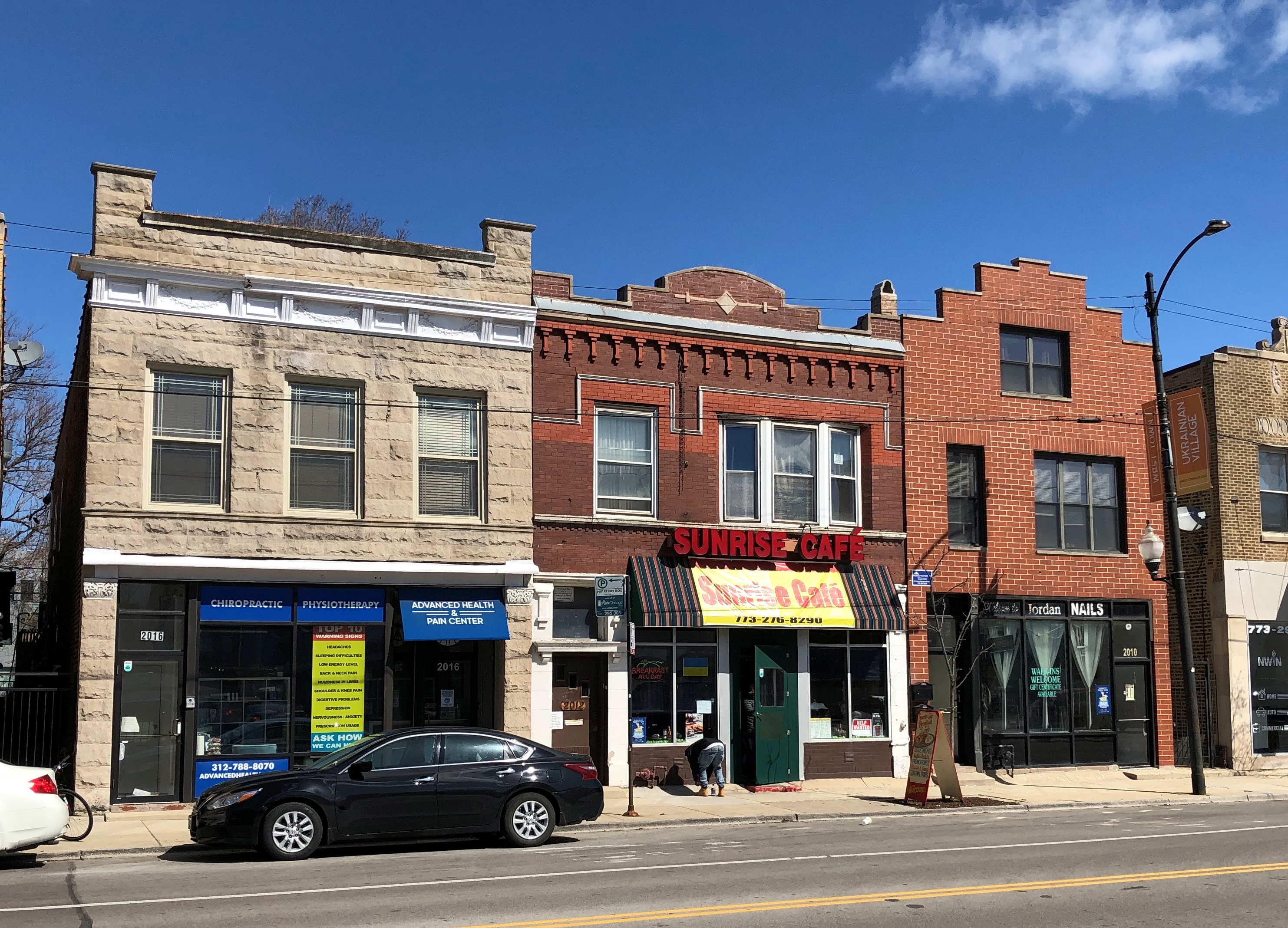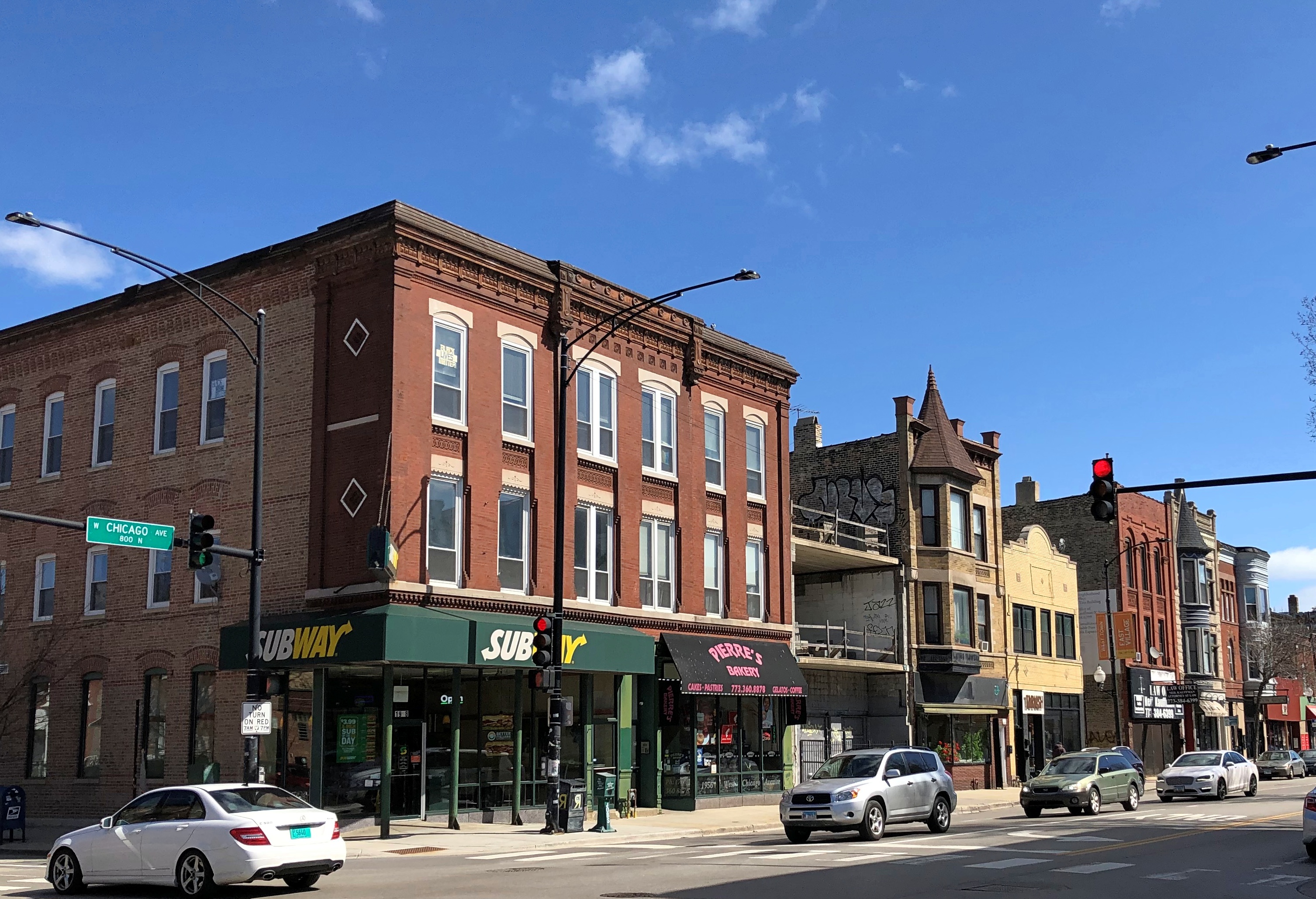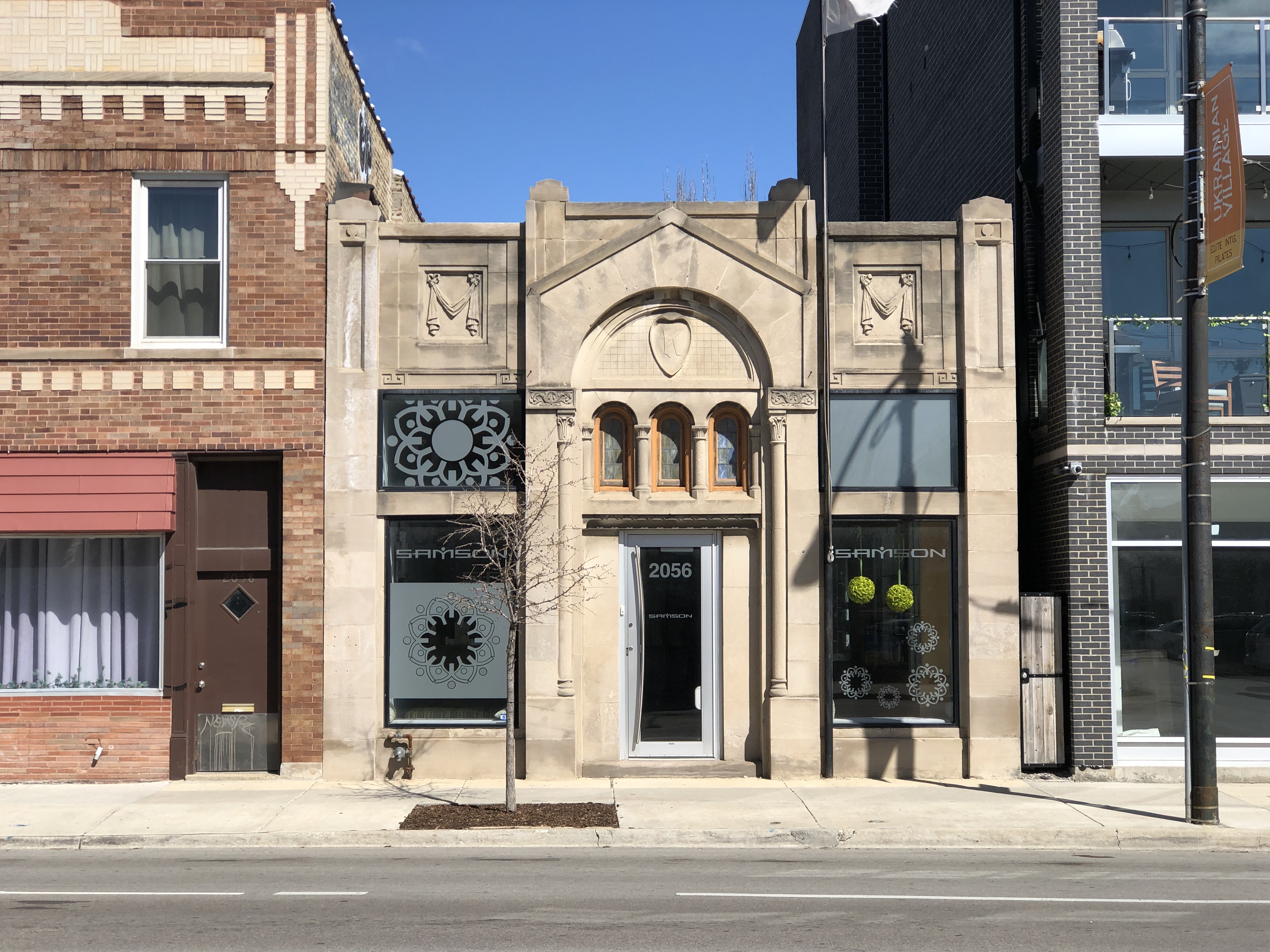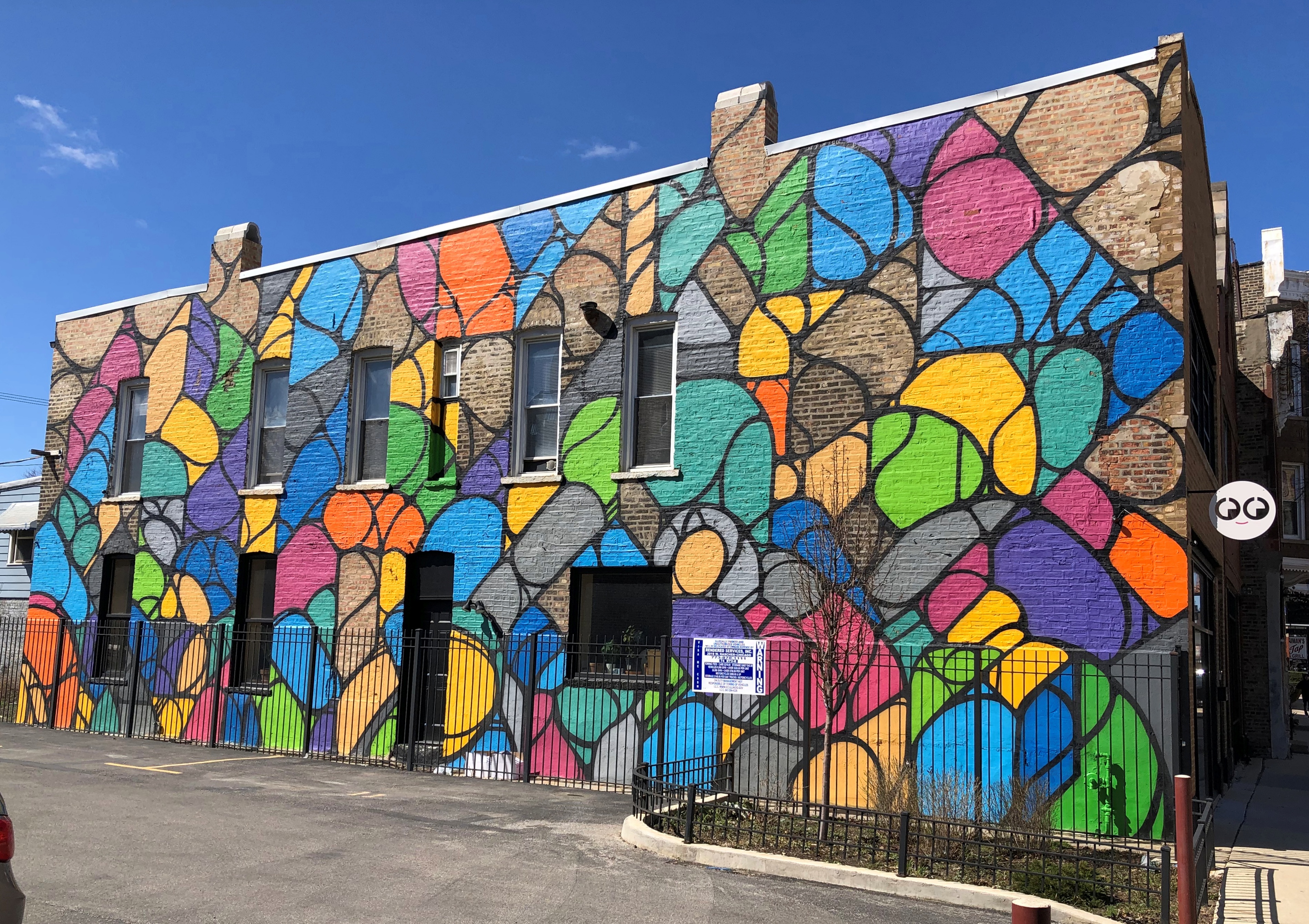On Saturday, I made my way to downtown Chicago, while Yuriko created this most delicious Christmas cake at her occasional cake class.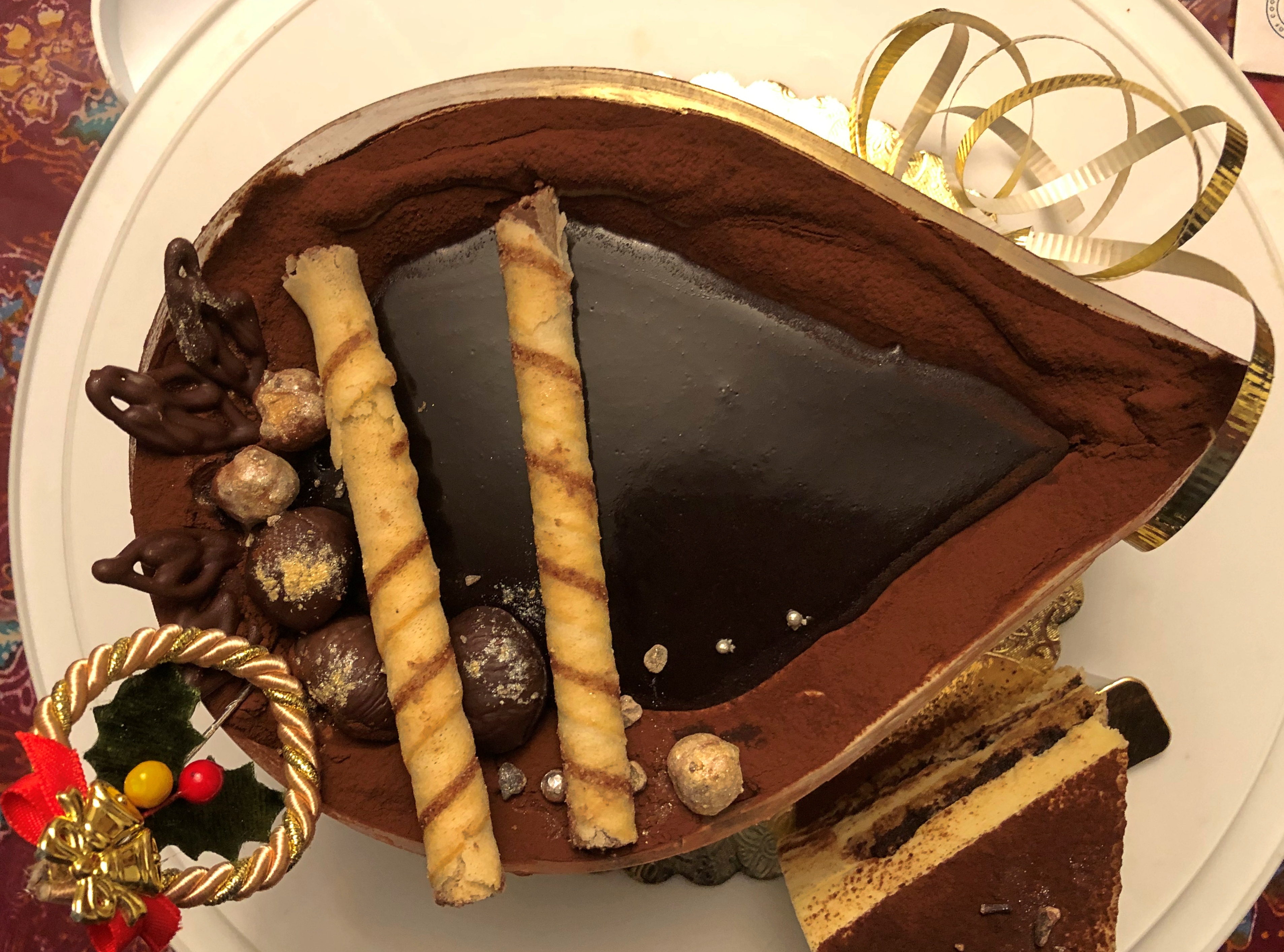
I rode the El part of the way. Not many people are masked these days, unlike subway riders of a year ago (at least in New York). But there are a few.
Another mark of the shifting tides of pandemic: a storefront on a downtown Chicago street.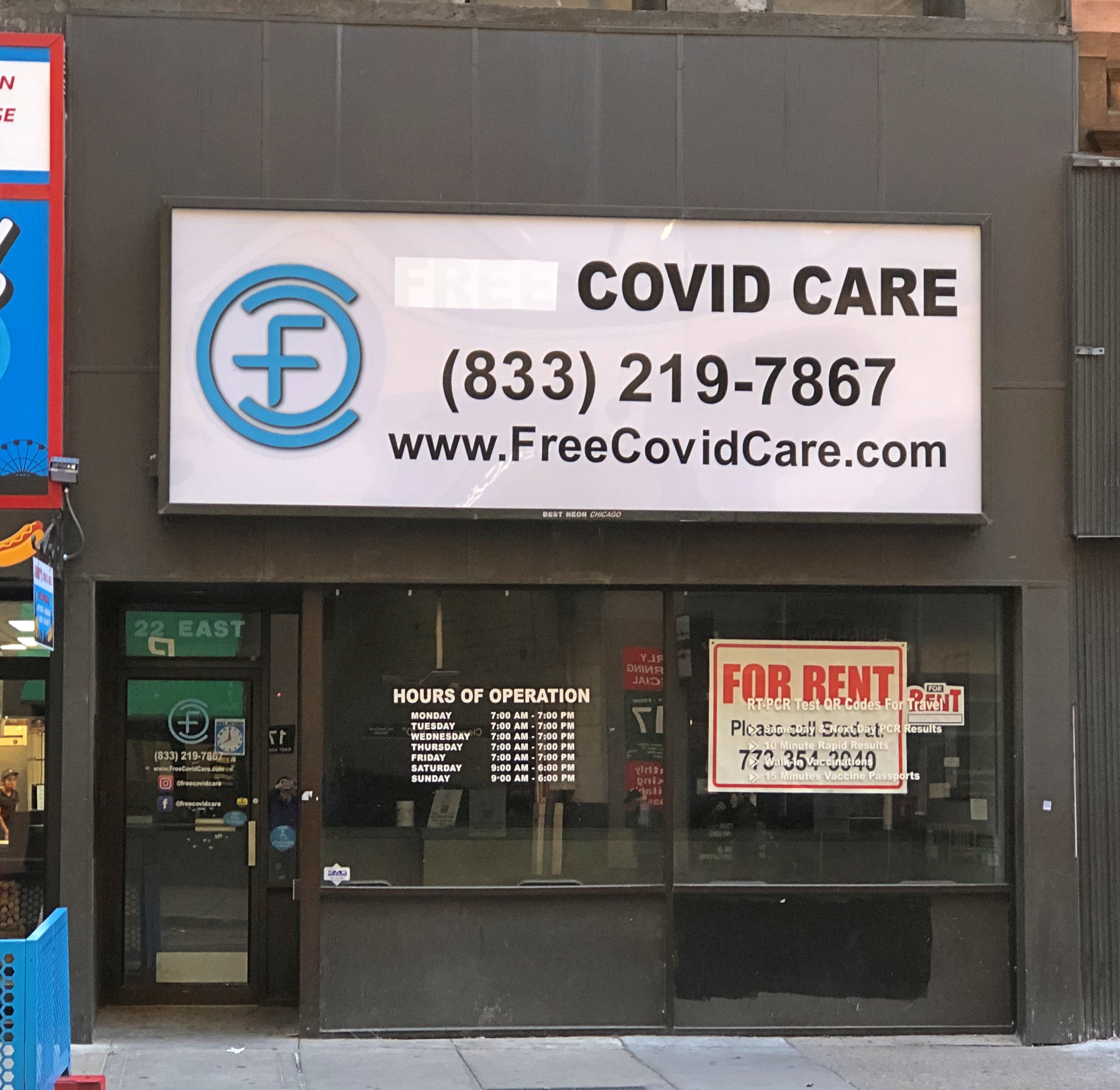
I didn’t doctor that image. A white rectangle was painted on the sign. Note that it went from Free Covid Care — though surely they meant testing, not intensive care — to Covid Care, as federal subsidies dried up, to For Rent, as business dried up.
Before long, I came to my destination: The Art Institute of Chicago.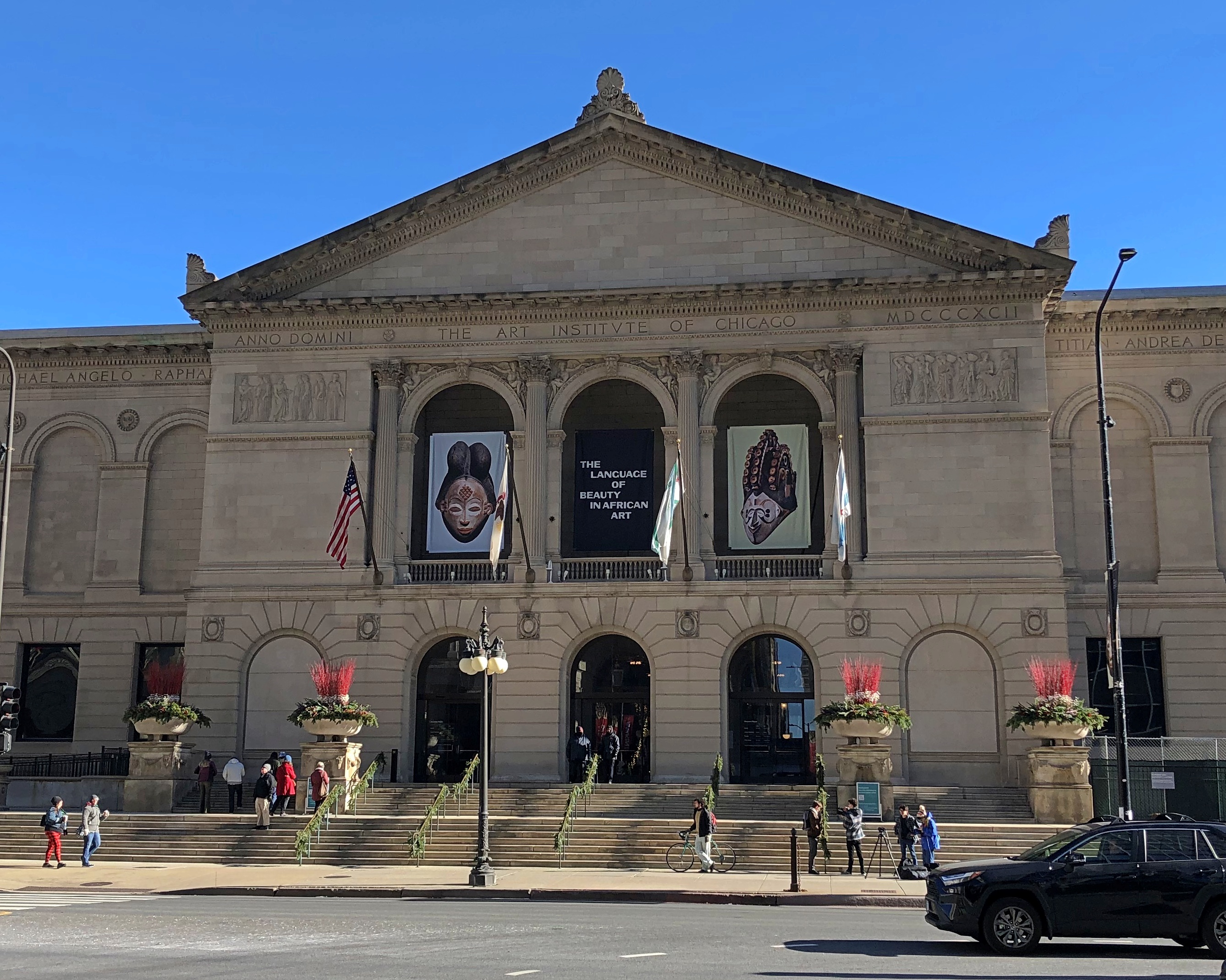
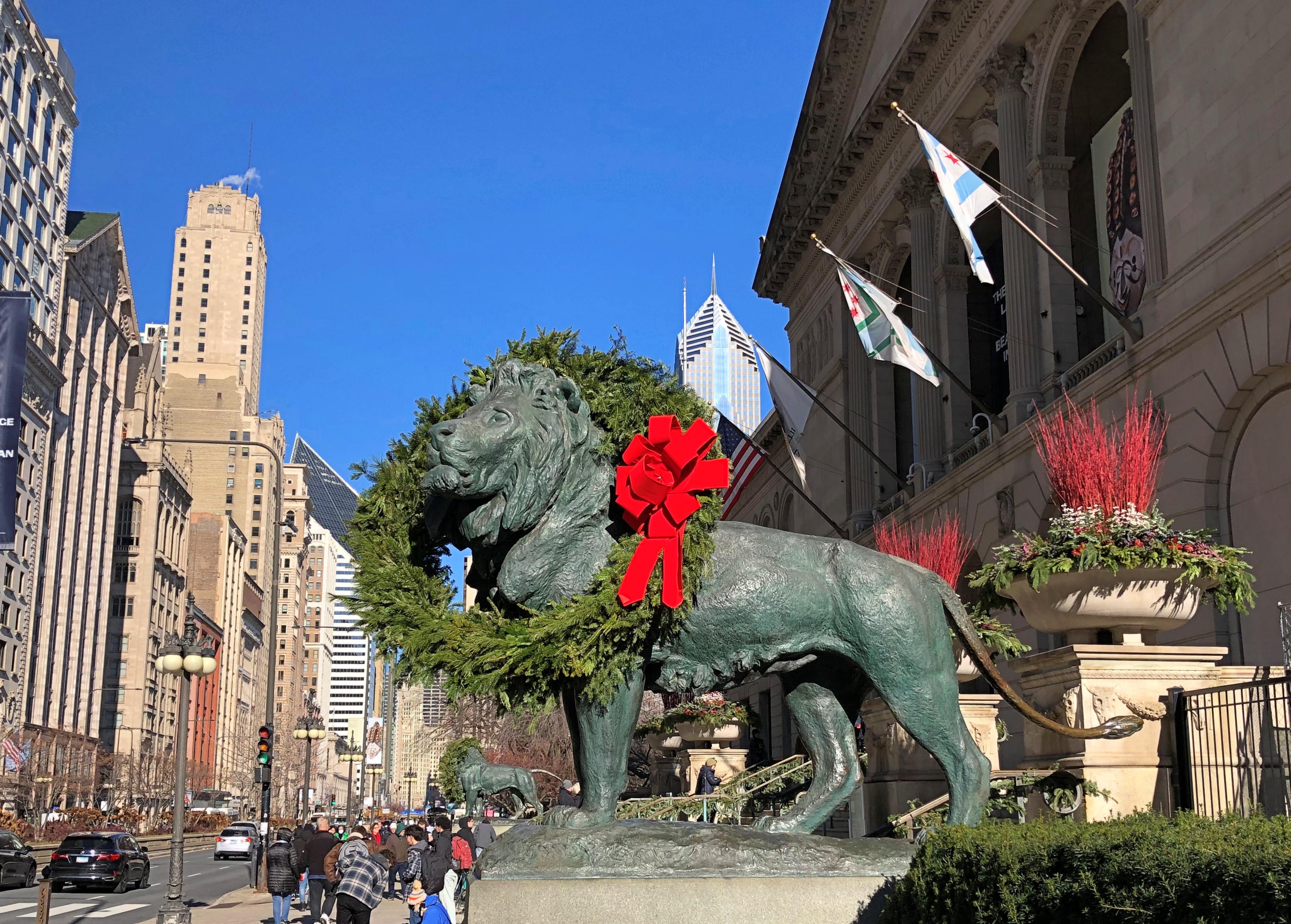
The Art Institute and I go back a ways, and I’m sure I’ve been there more than any other art museum, or maybe any museum at all. Remarkably, I know the date of my first visit: May 17, 1981, during my first visit to Chicago. I haven’t consistently keep a diary over the years, but I did then.
That day I mostly remember spending time at an exhibit called “The Search for Alexander.” I might or might not have known it at the time, but the exhibit had opened just the day before.
A few years earlier, the wildly popular “Treasures of Tutankhamun” exhibit had set the stage for the museum megashows of today, with their crowds, high prices and timed tickets, but most of that was still to come in ’81 (and there were other memorable legacies of Tut, too).
I don’t think the Alexander exhibit counted as a megashow, since I don’t remember paying extra, or dealing with a crowd. But I do remember being impressed by the art and artifacts from the time of Alexander of Macedon, especially a wreath of gold fashioned to look like oak leaves and acorns, held by fine gold branches that vibrated ever so gently in the mild air puffs of a climate-controlled display case.
On Saturday, I once again spent time with the museum’s ancient art, but also lingered in front of the Chagall’s America Windows and in the Chicago Stock Exchange Trading Room, which I almost always do, as well as taking a long look at the Thorne Miniatures, which was by far the most crowded gallery I visited, though this time I didn’t go into the Impressionist rooms, which always pack ’em in.
Wherever you are, Saturday’s a busy day at the Art Institute.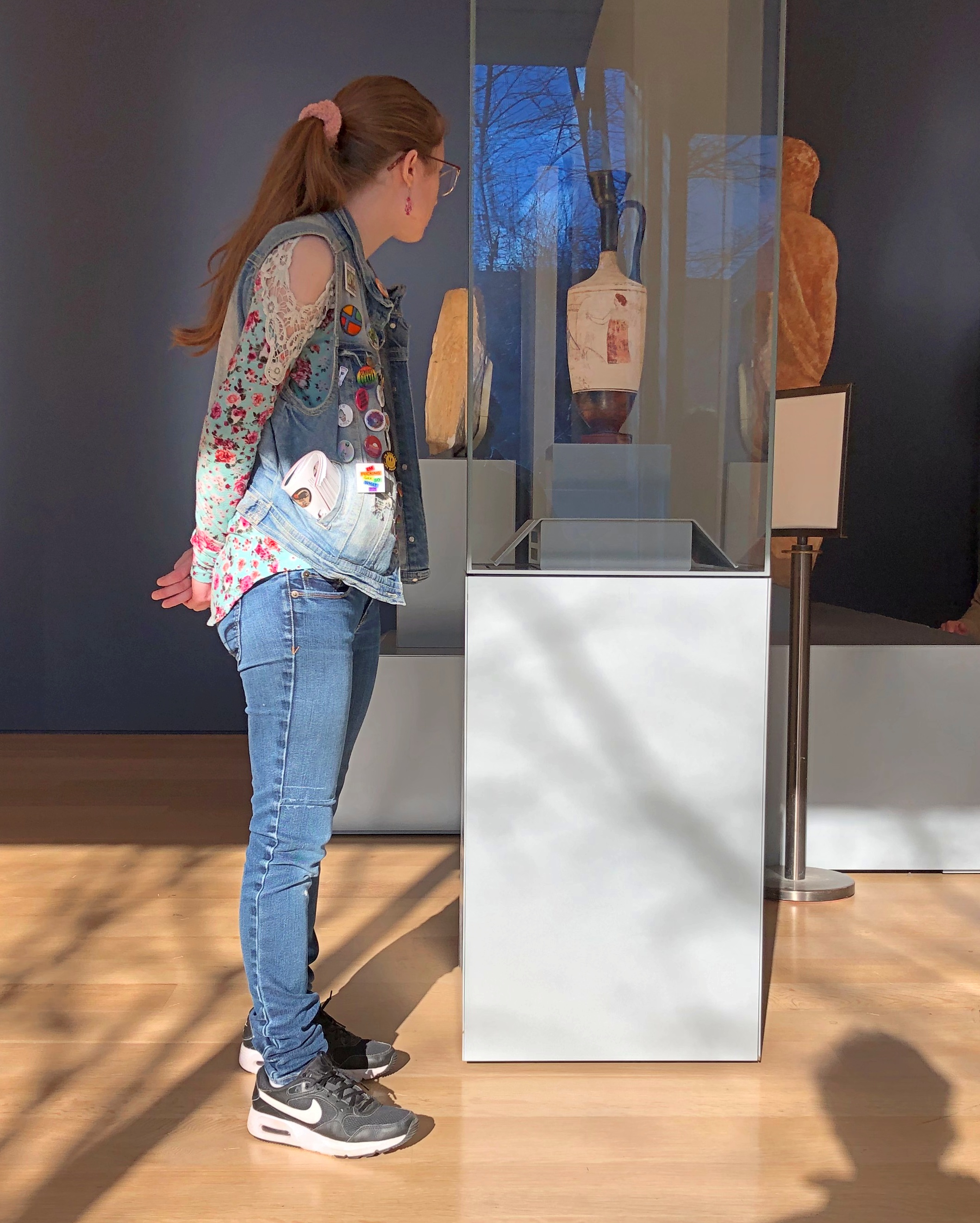
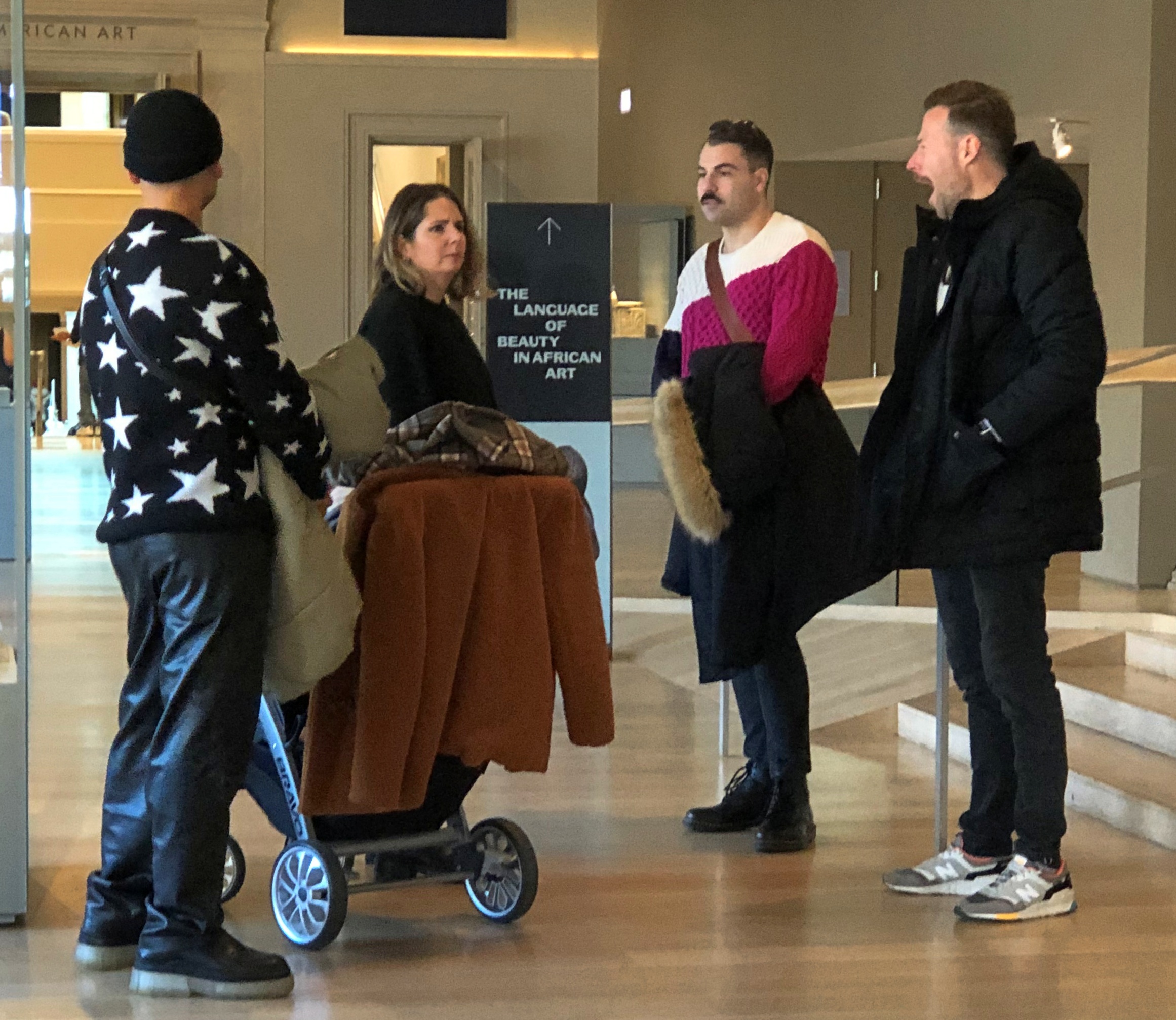
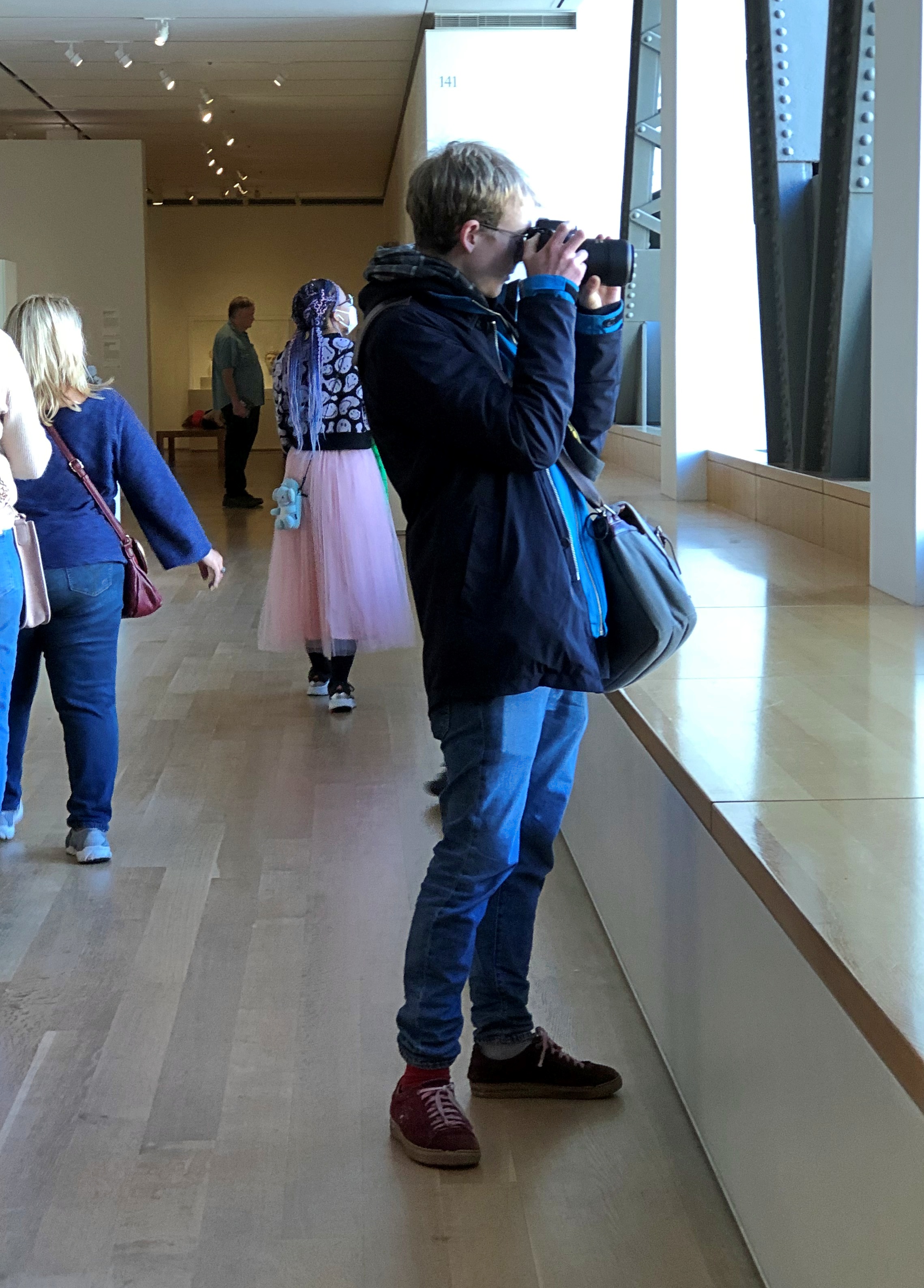
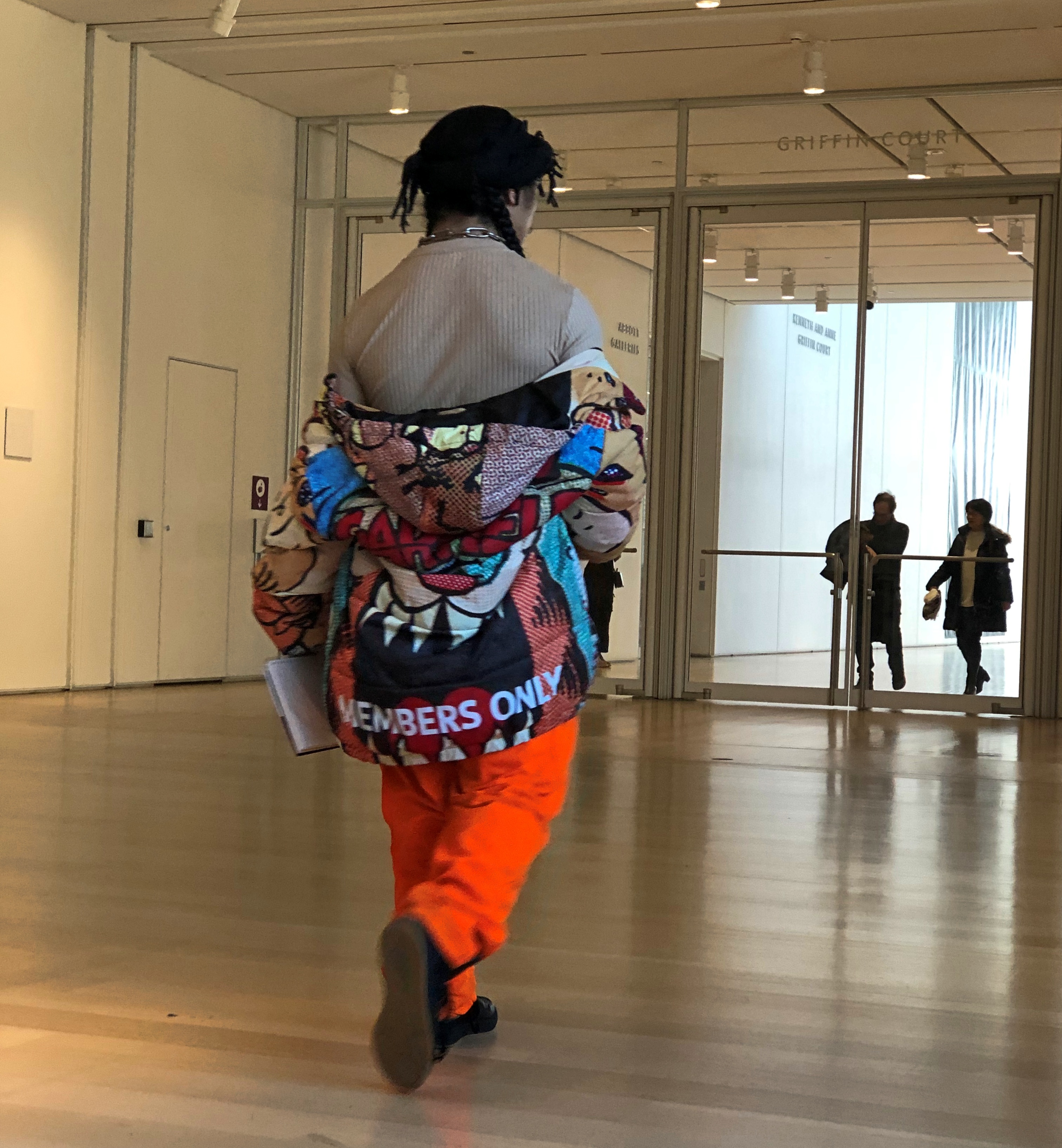
A scattering of people wore masks.
As befitting my age, I spent a good few minutes on the museum’s benches. That gave me time to fiddle with my camera.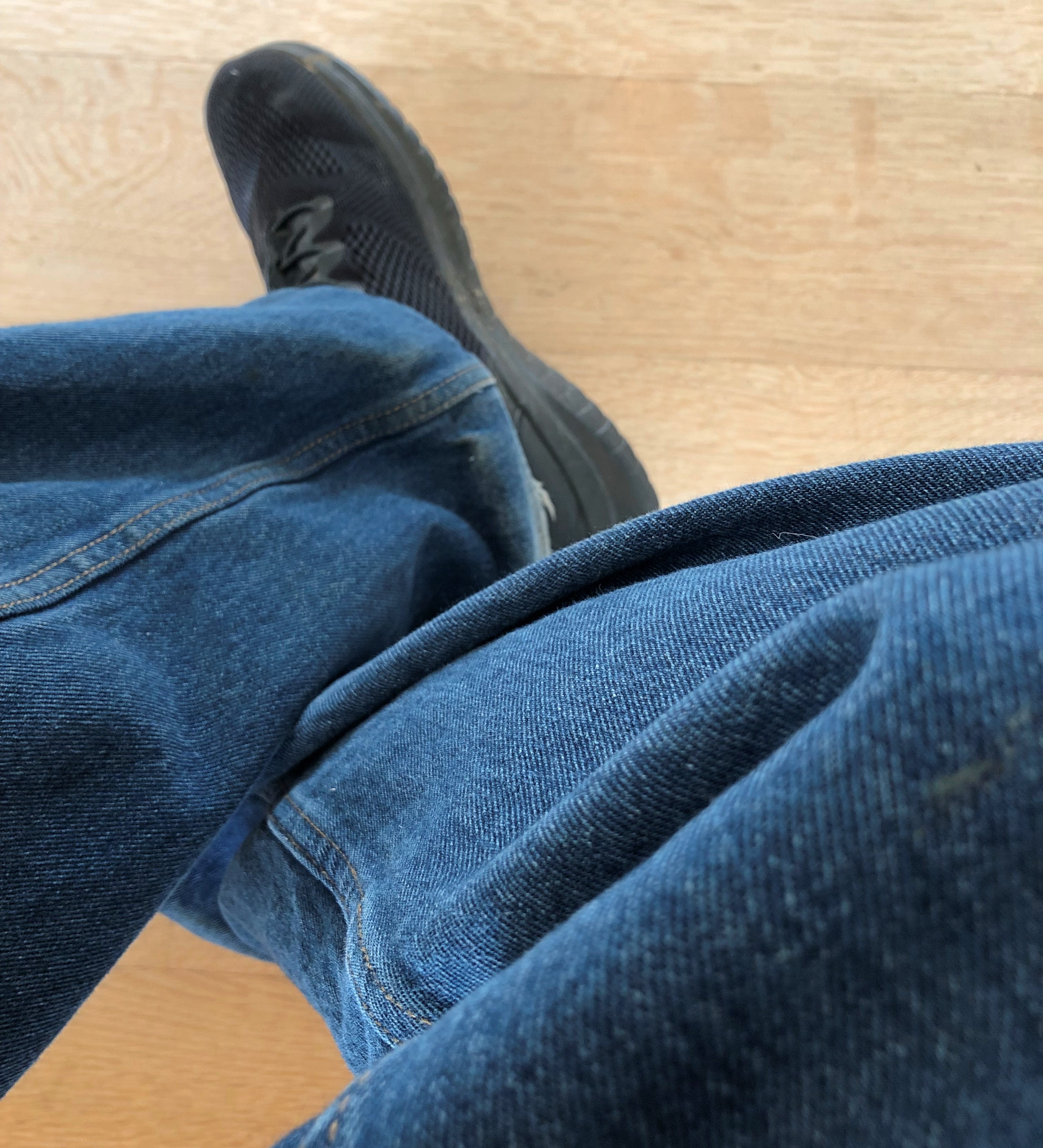
Oops.



